In modern networking, switches and MEDIENKONVERTERs are essential devices that facilitate communication between various network components. While both play crucial roles in network infrastructure, they serve different purposes and are suited for specific scenarios. This article will delve into the definitions, features, advantages, disadvantages, and key differences between Unmanaged Switches and media converters. Real-world examples will illustrate their applications, especially in VLAN environments.
I. Unmanaged Switches
1.1 Definition
An unmanaged switch is a straightforward networking device designed to connect multiple devices, such as computers and printers, and forward data packets between them. It operates on a plug-and-play basis, requiring no user configuration.
1.2 Features
- Plug-and-Play: Users can simply connect the device to power and the network, and it will function automatically.
- No Configuration Required: Ideal for users who lack advanced networking knowledge.
- Suitable for Small Networks: Commonly used in small office or home networking environments.
1.3 Advantages and Disadvantages
- Vorteile:
- Cost-Effective: Generally more affordable compared to managed switches.
- Benutzerfreundlichkeit: No technical expertise is necessary for setup.
- Disadvantages:
- Limited Functionality: Lacks advanced features for traffic monitoring and management.
- No Network Monitoring: Cannot identify network faults or performance issues.
Real-World Example
In a small office with ten computers and a printer, using an unmanaged switch allows for quick and straightforward connectivity among devices, facilitating basic file sharing and printing tasks.
II. Media Converters
2.1 Definition
A media converter is a networking device primarily used to convert signals between different types of network media, such as fiber optics and copper cables.
2.2 Features
- Signal Conversion: Capable of converting electrical signals to optical signals and vice versa.
- Supports Multiple Media Types: Can connect various network mediums, including fiber optics and twisted pair cables.
2.3 Advantages and Disadvantages
- Vorteile:
- Increased Network Flexibility: Can be used in diverse network environments.
- Adaptability: Suitable for long-distance transmission, especially with fiber optics.
- Disadvantages:
- Potential Configuration Needs: Some setups may require user configuration.
- Higher Cost: Typically more expensive than unmanaged switches.
Real-World Example
In a large enterprise where the office is located far from the data center, using copper cables for signal transmission may lead to attenuation. A fiber optic media converter can be used to convert optical signals from the office to electrical signals, ensuring stable data transmission.
III. Key Differences Between Unmanaged Switches and Media Converters
3.1 Functionality Comparison
- Data Forwarding: Unmanaged switches are responsible for forwarding data packets between devices, while media converters handle signal conversion.
3.2 Suitable Scenarios
- Small Offices: Unmanaged switches are ideal for small network environments, whereas media converters are better suited for enterprises needing long-distance transmission or connections between different media types.
3.3 Configuration and Management
- Plug-and-Play: Unmanaged switches require no configuration, while media converters may require setup in certain cases.
3.4 Differences in VLAN Scenarios
In environments with VLANs (Virtual Local Area Networks), unmanaged switches and media converters behave differently:
- Nicht verwaltete Switches:
- Do Not Support VLANs: Unmanaged switches cannot recognize or manage VLANs, meaning all ports remain in the same broadcast domain. Even in VLAN-enabled networks, they fail to segregate traffic, leading to reduced network security and performance.
- Applicability: Suitable for simple networking environments where VLAN isolation is unnecessary.
- Media Converters:
- Support VLANs: While media converters do not directly handle VLANs, they can transmit VLAN-tagged data between different media types when connected to managed switches. This ensures proper data packet transmission across VLANs.
- Applicability: Ideal for complex network environments, particularly where VLAN isolation is required for enhanced security and performance.
Real-World Example
In a large enterprise, network administrators create multiple VLANs to isolate traffic between different departments using managed switches. By employing fiber optic media converters to connect remote offices to the main data center, they ensure efficient and secure data transmission across different VLANs. This setup not only enhances network performance but also bolsters security.
Abschluss
Understanding the differences between unmanaged switches and media converters is crucial for making informed decisions when designing and implementing network infrastructure. For small networks, unmanaged switches offer a cost-effective solution, while media converters are invaluable in complex networks requiring signal conversion and VLAN support. By selecting the appropriate devices based on specific needs, users can optimize their network performance and security.



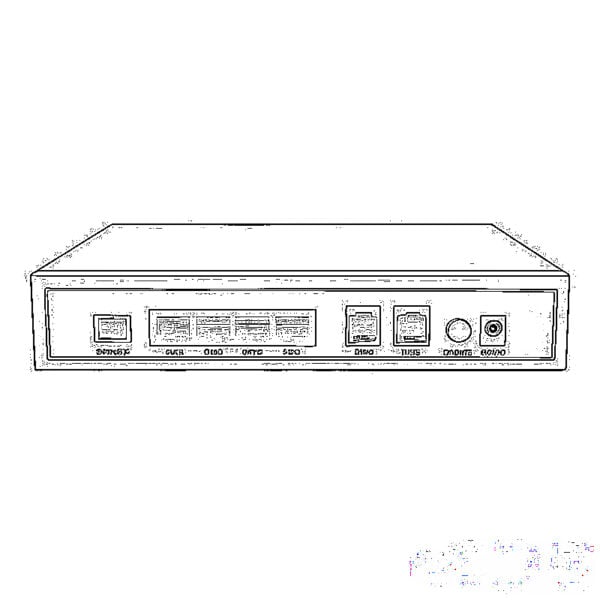
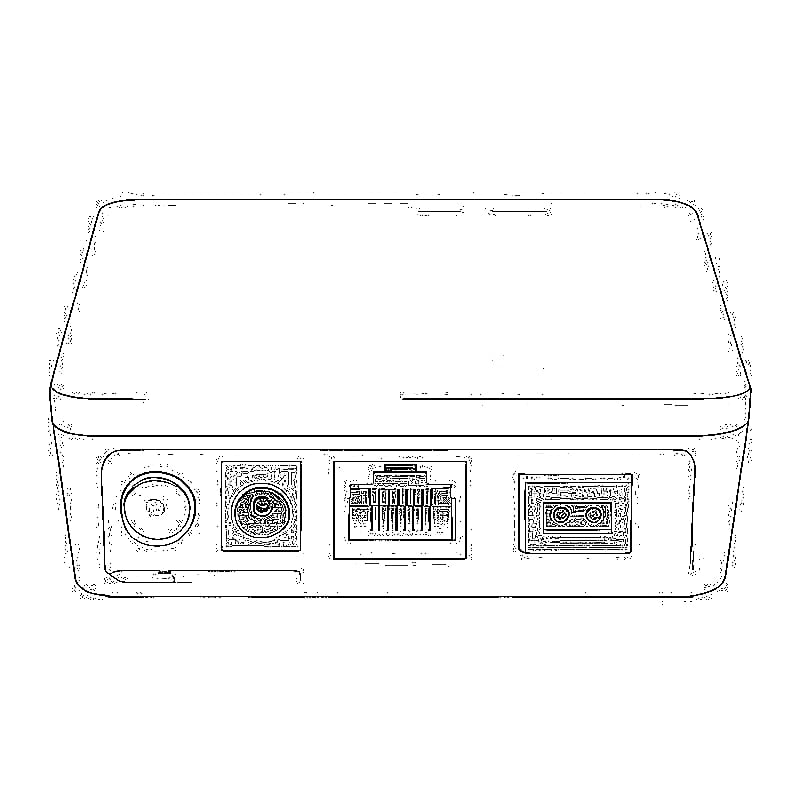
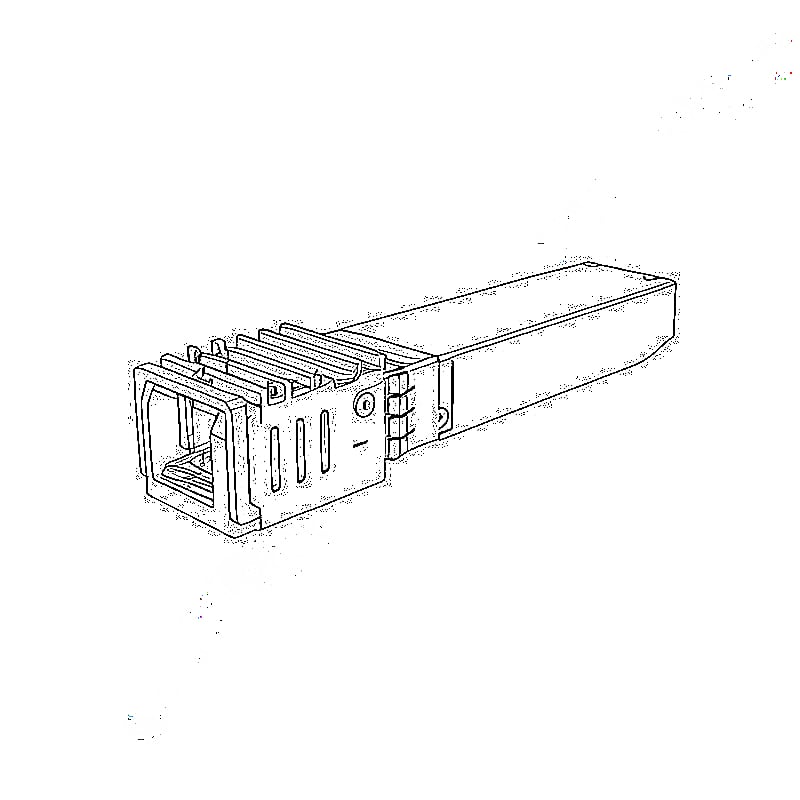
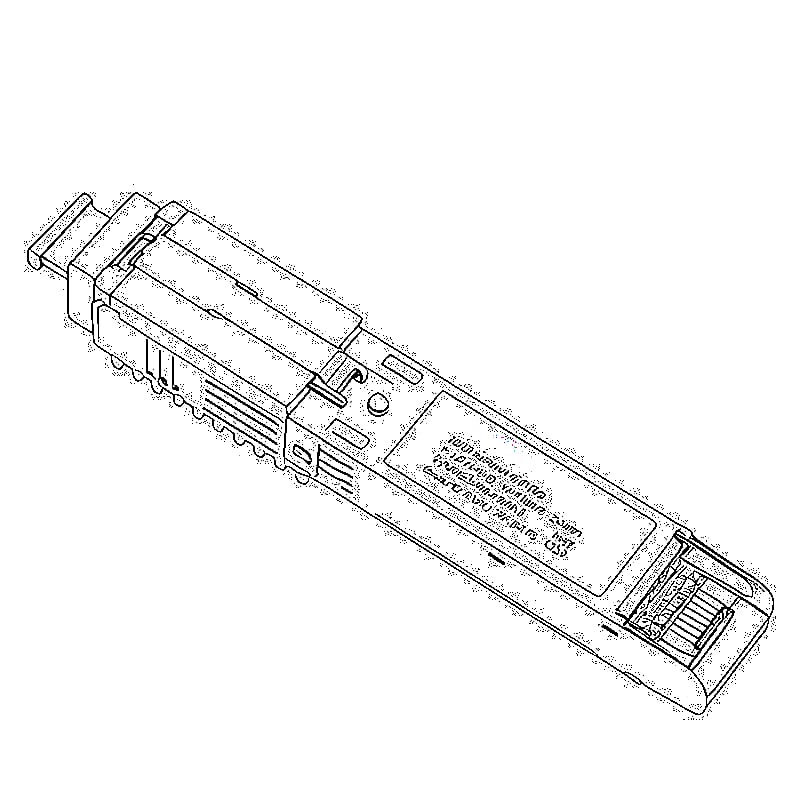
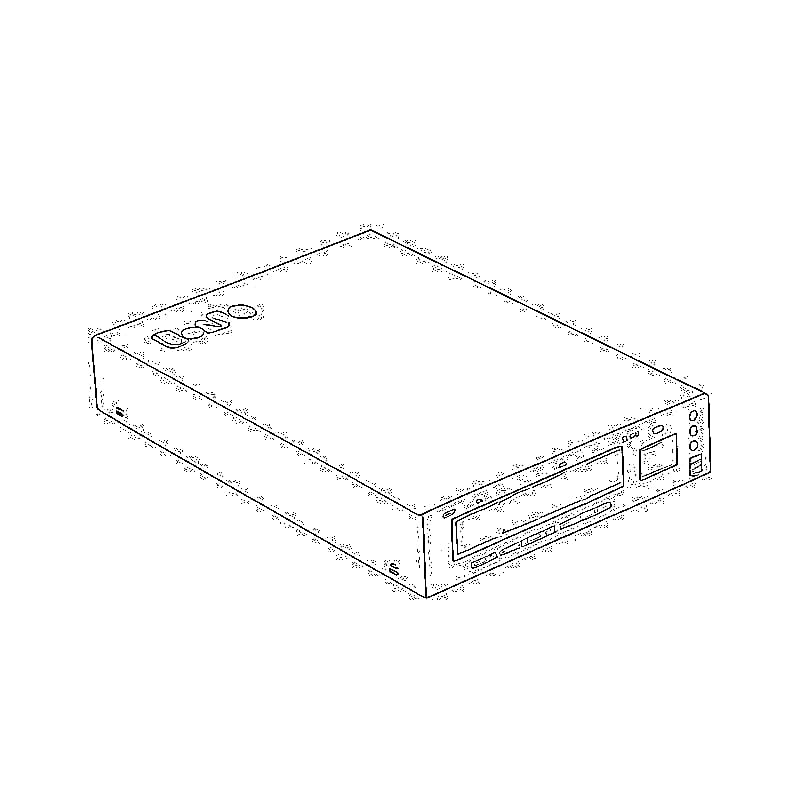
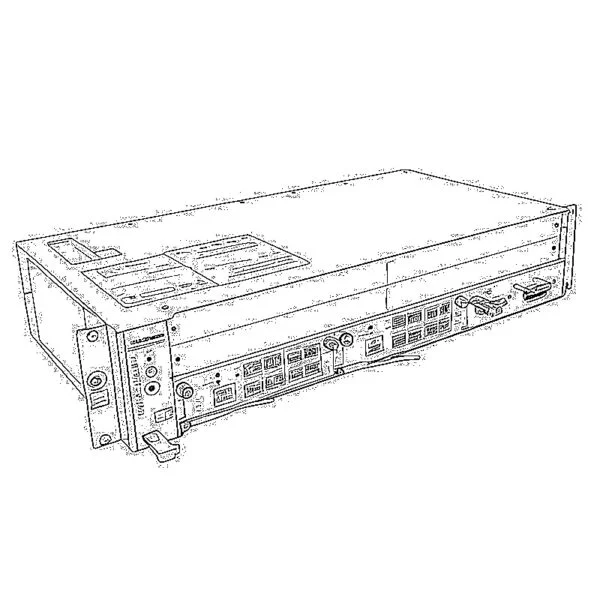
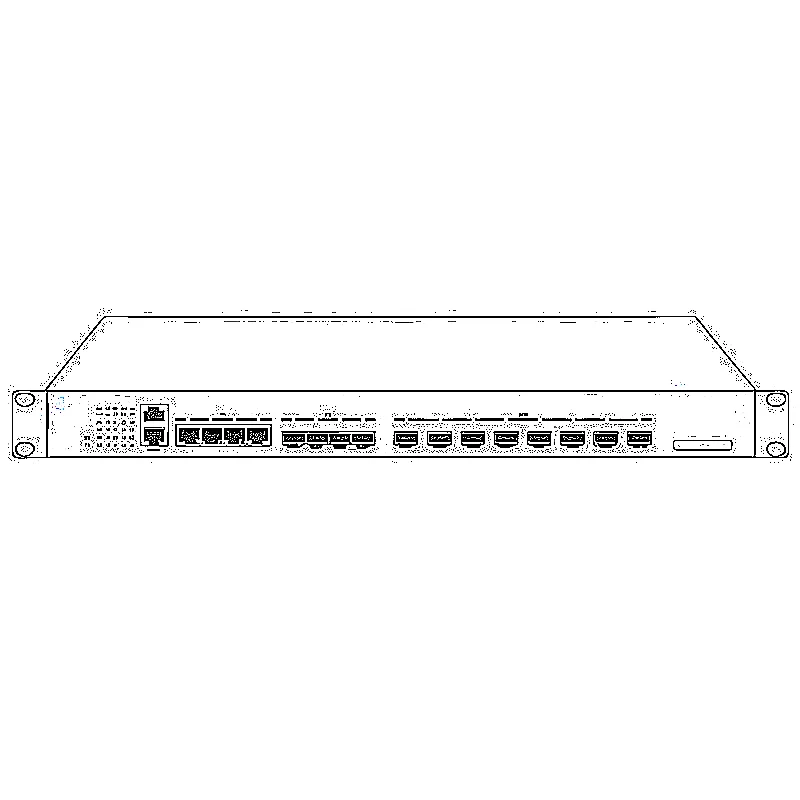
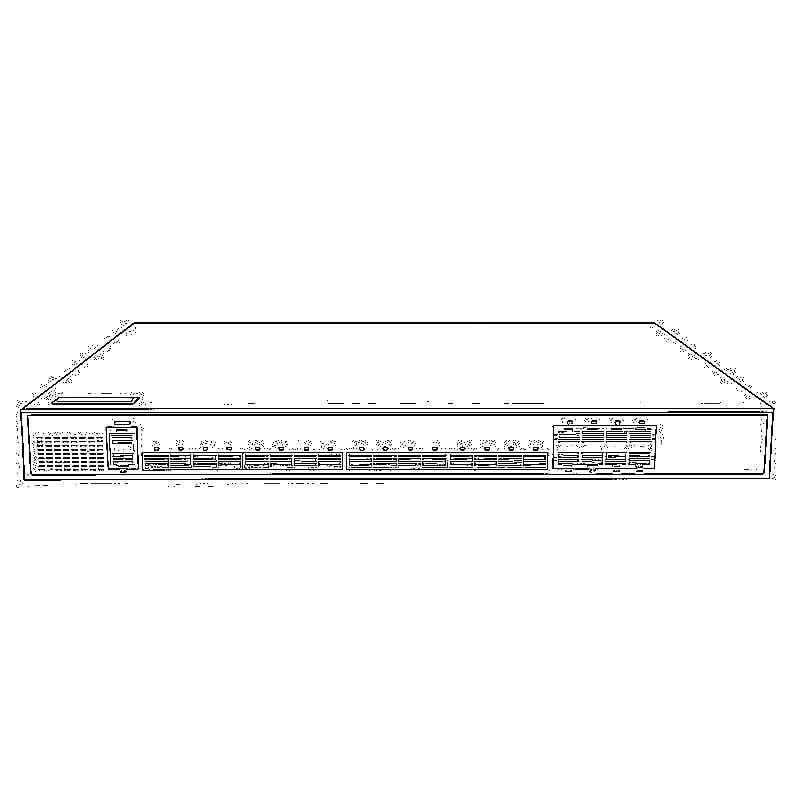

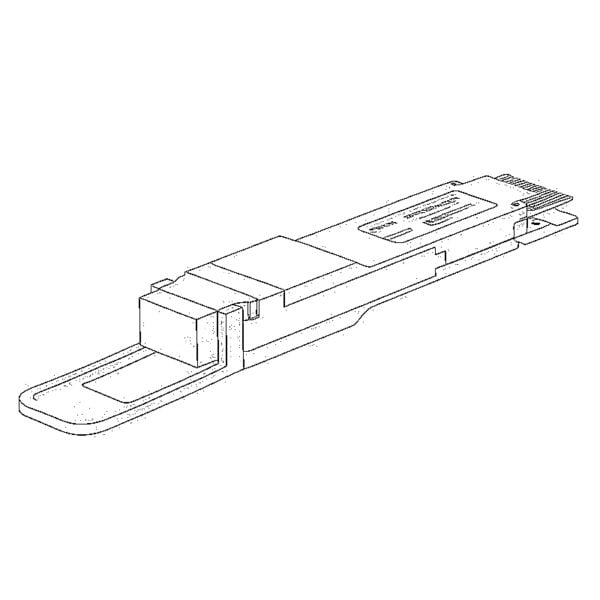
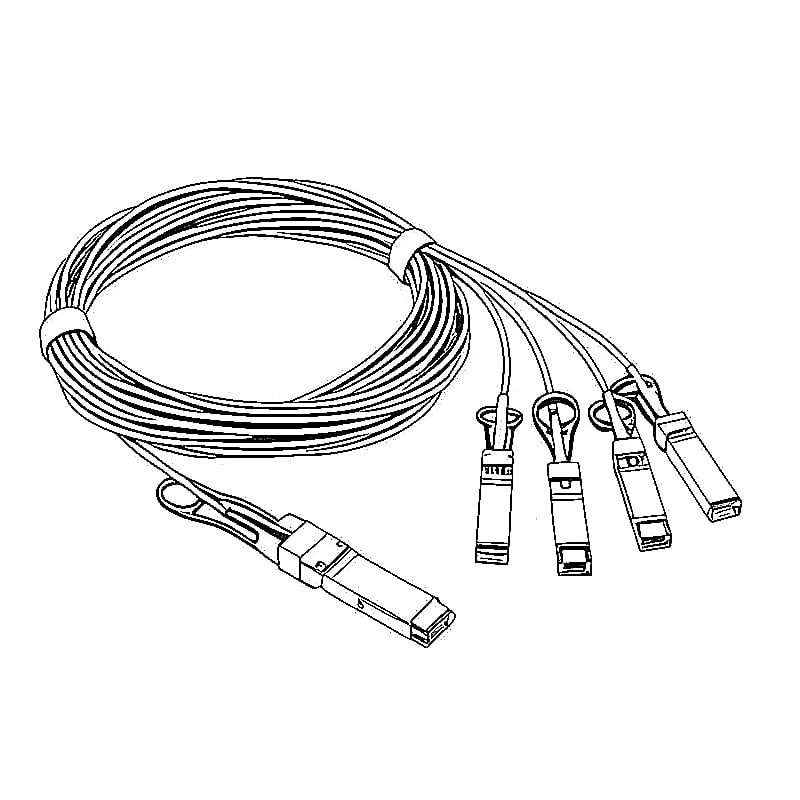
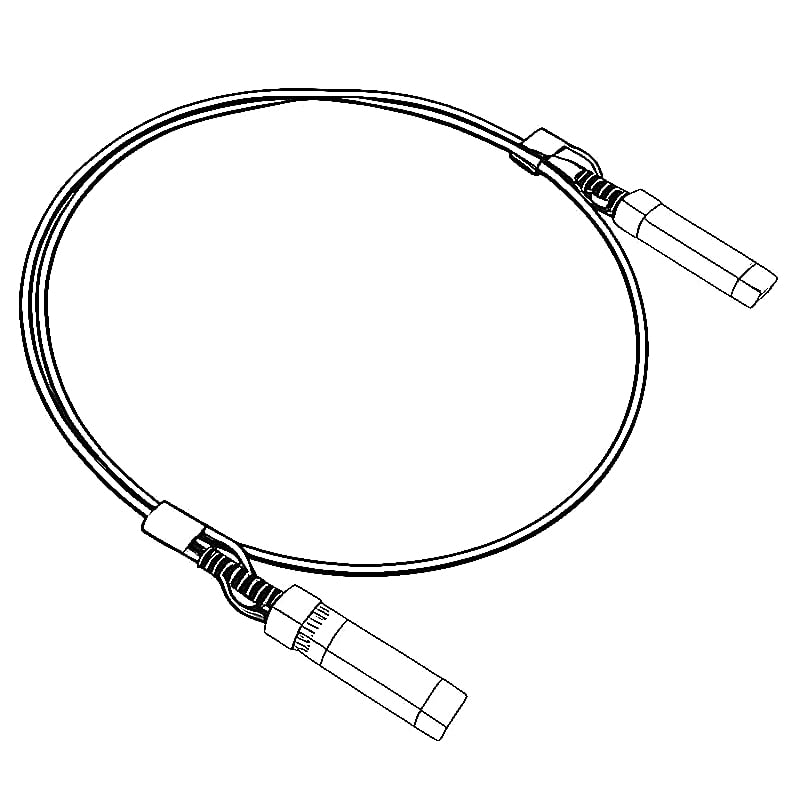
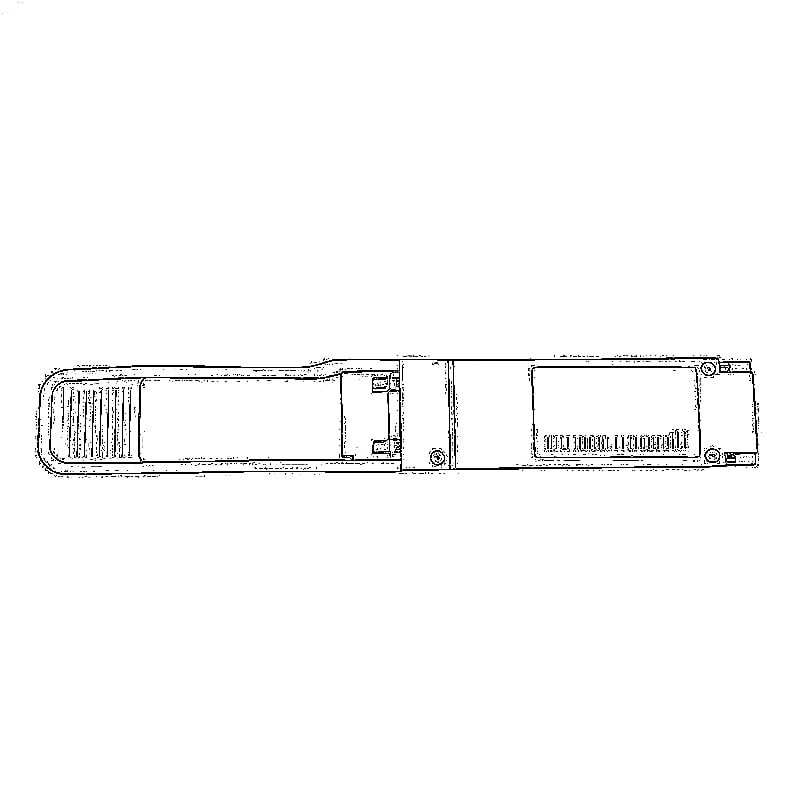
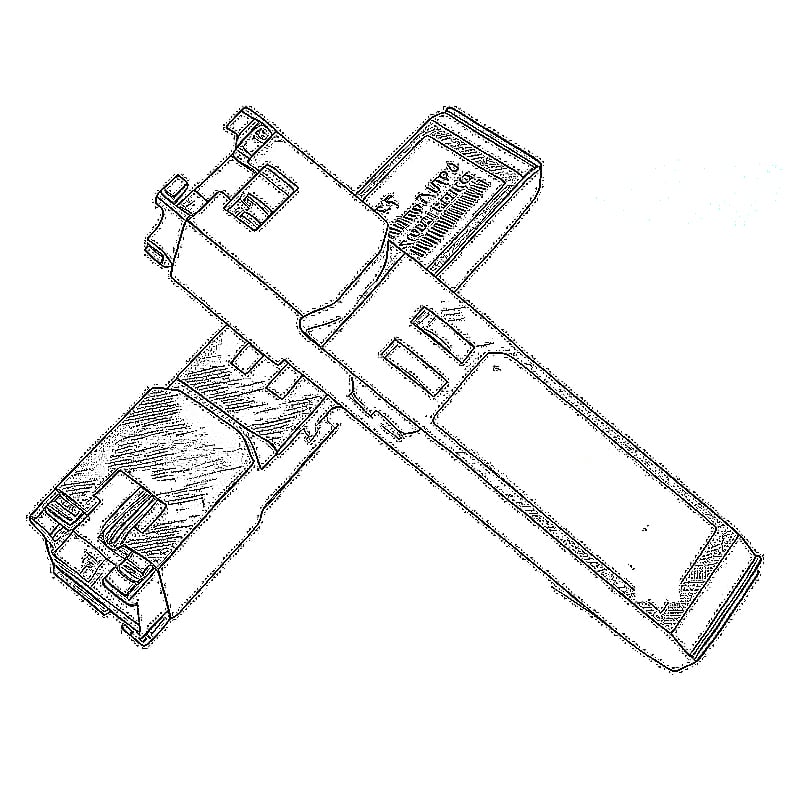
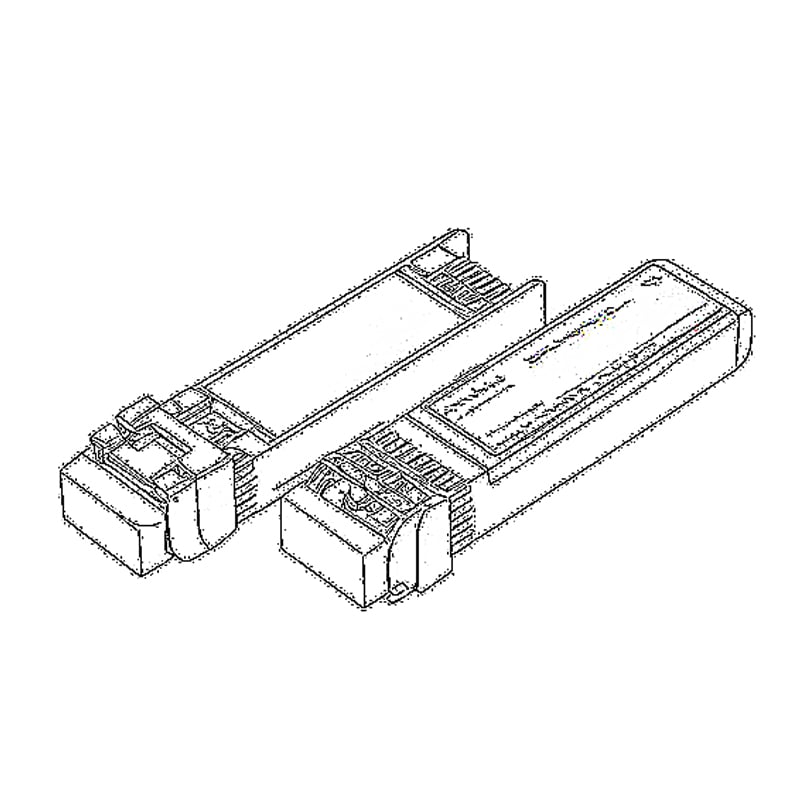
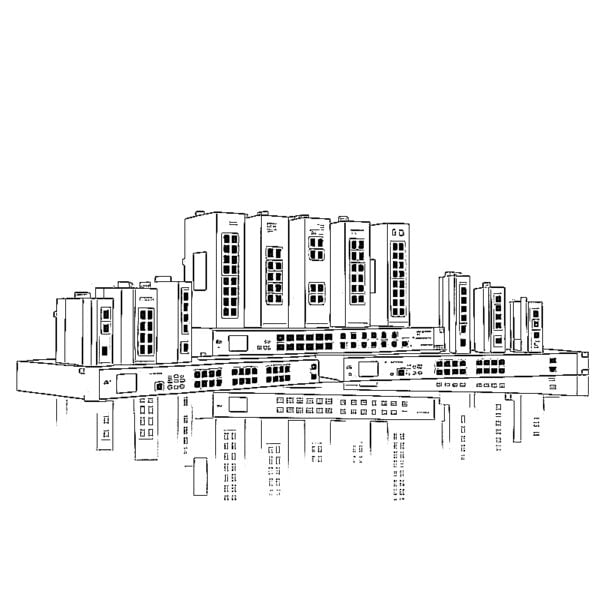
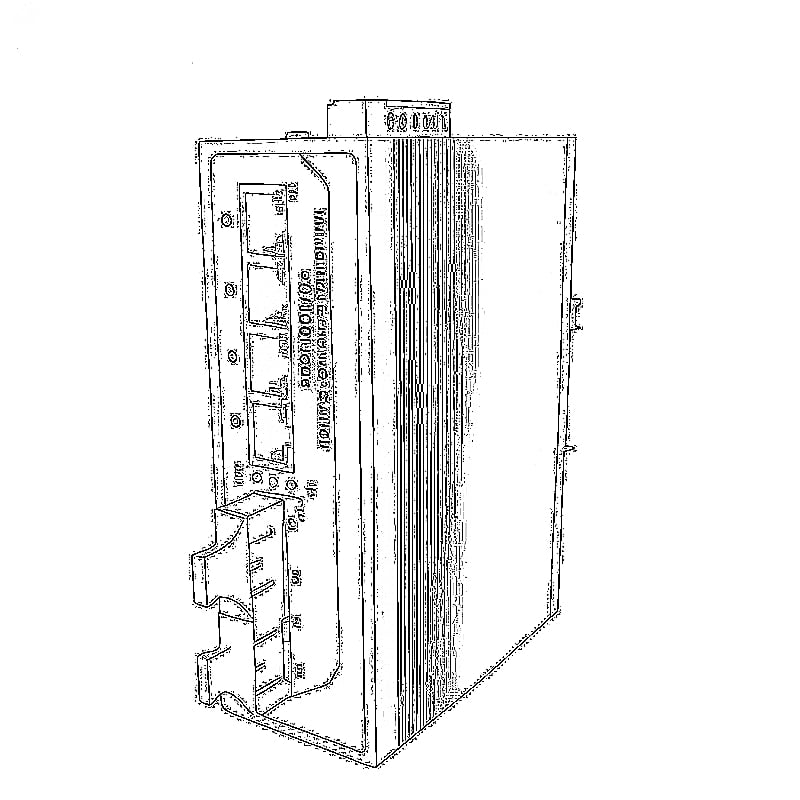
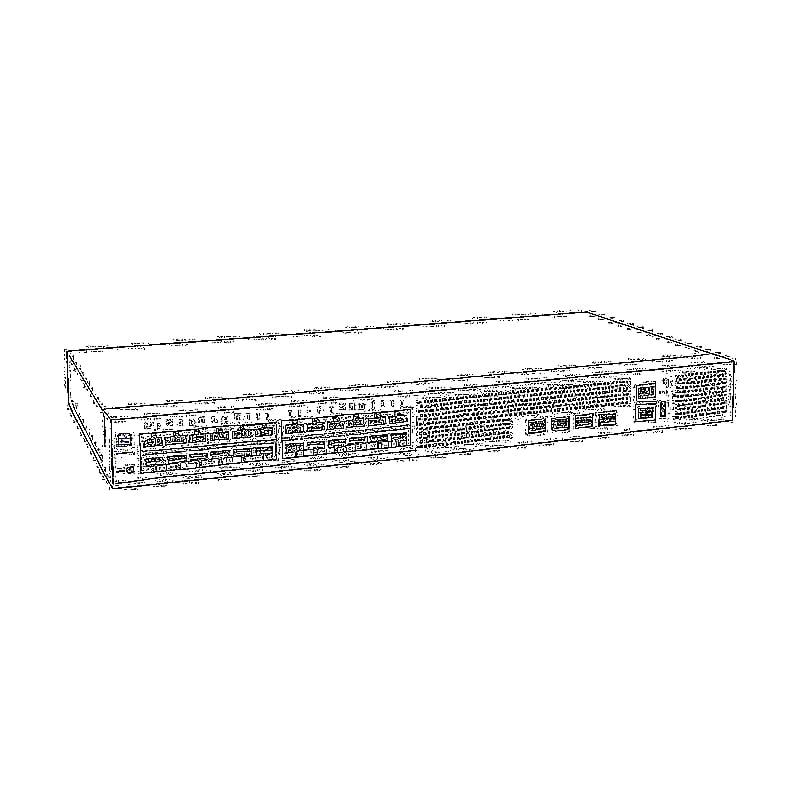
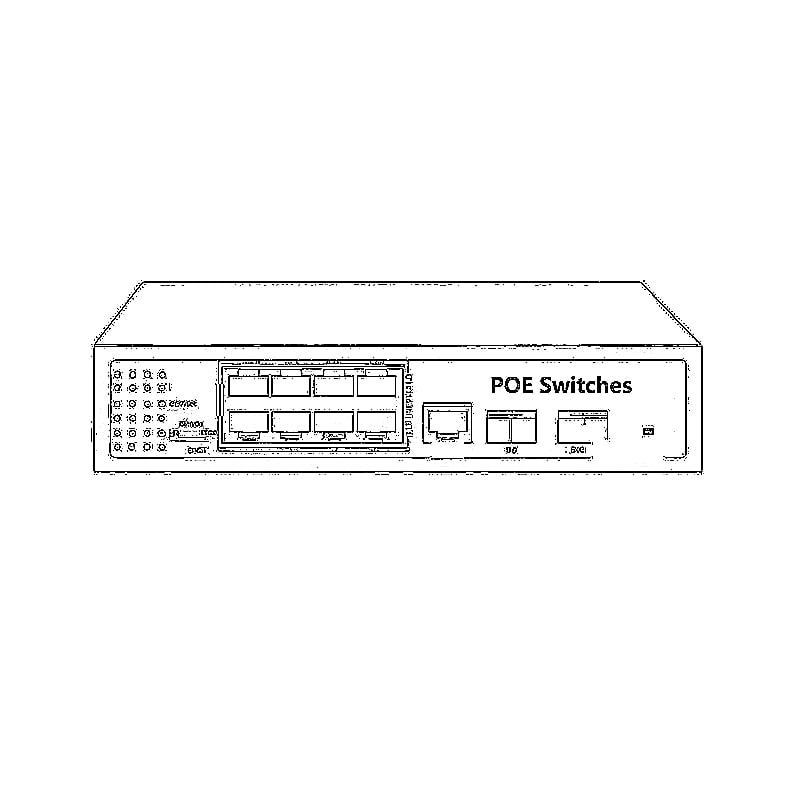
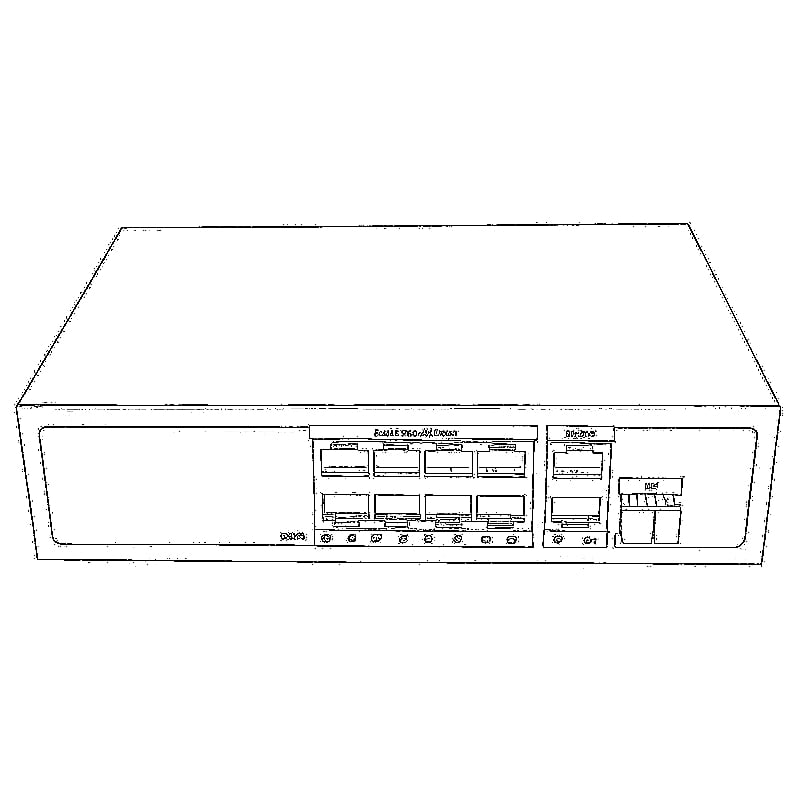
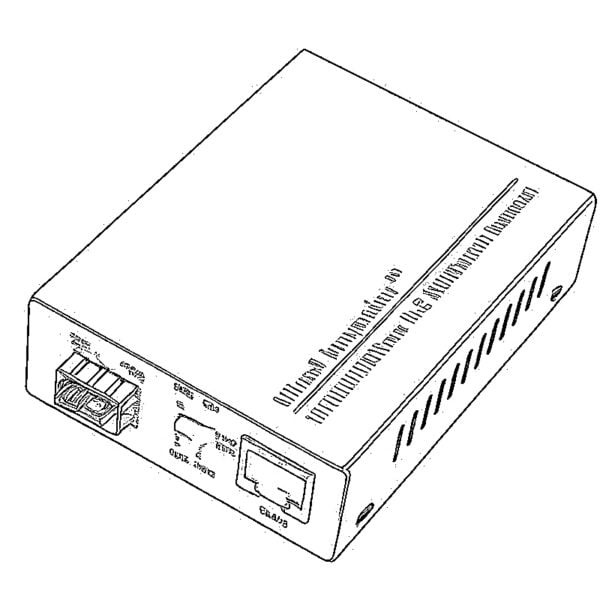
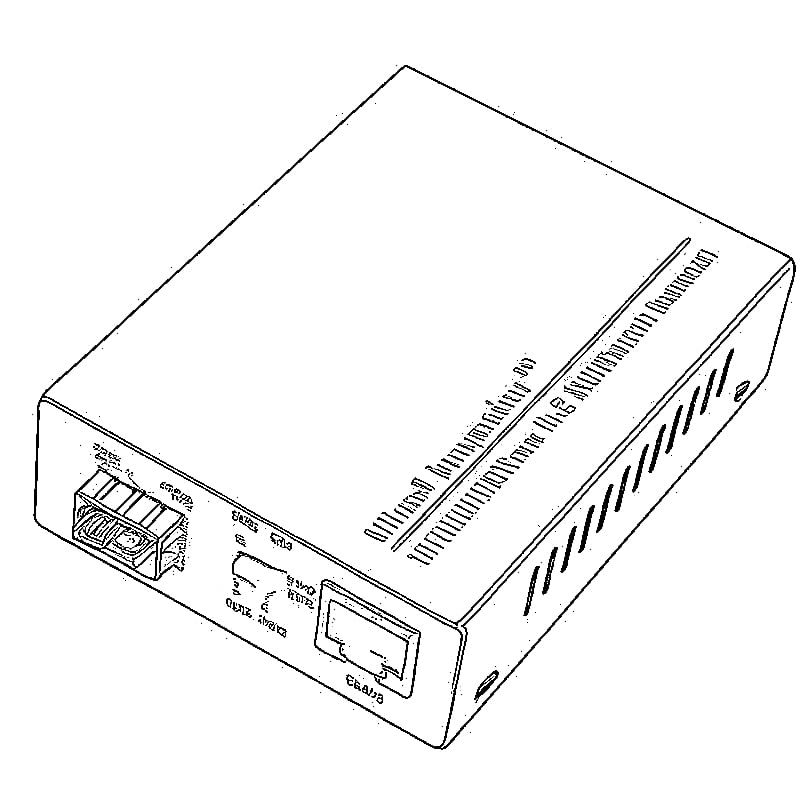
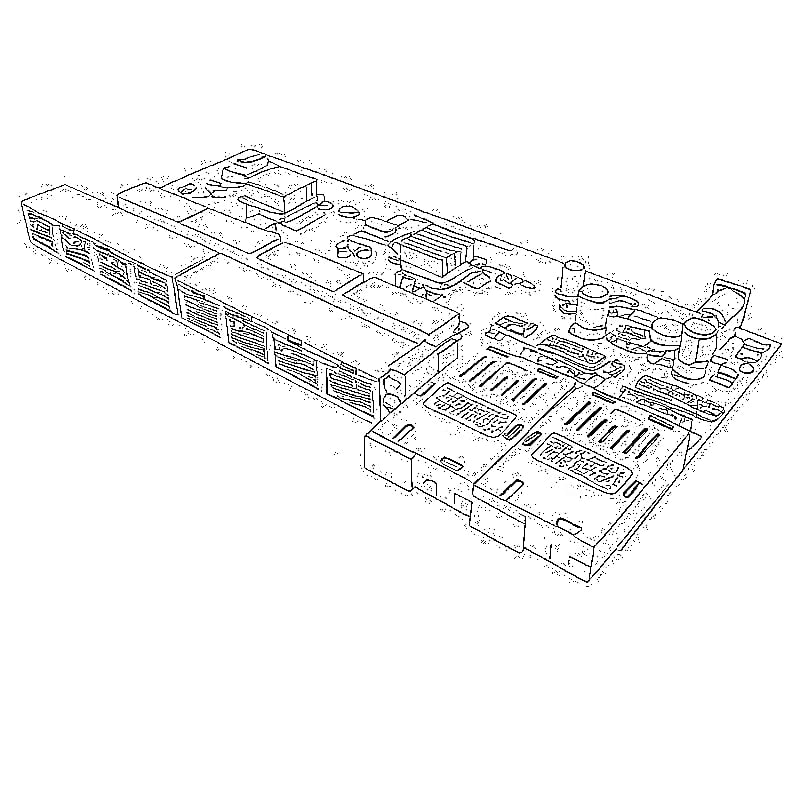
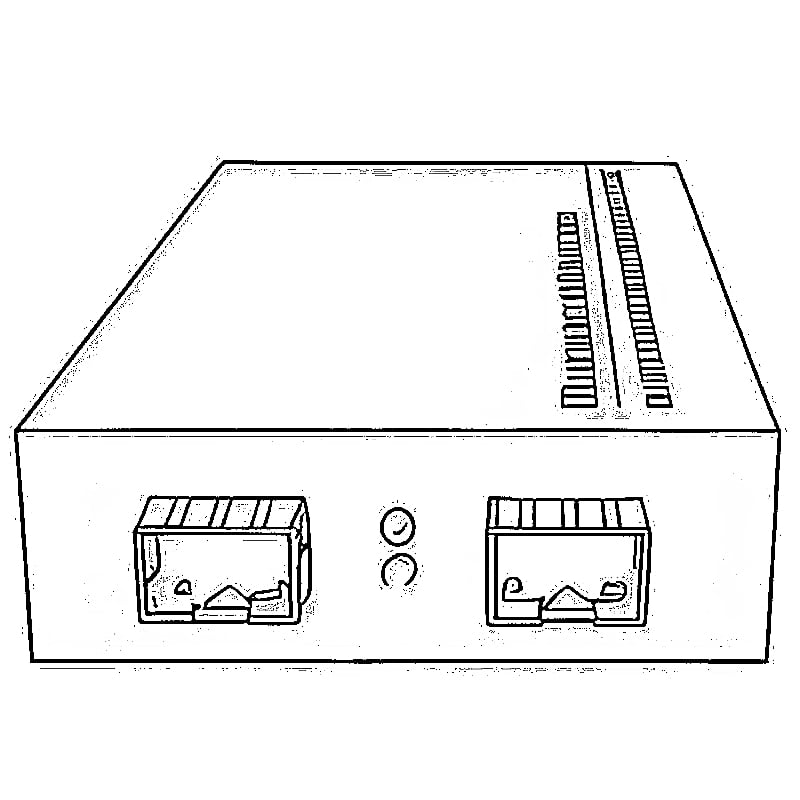
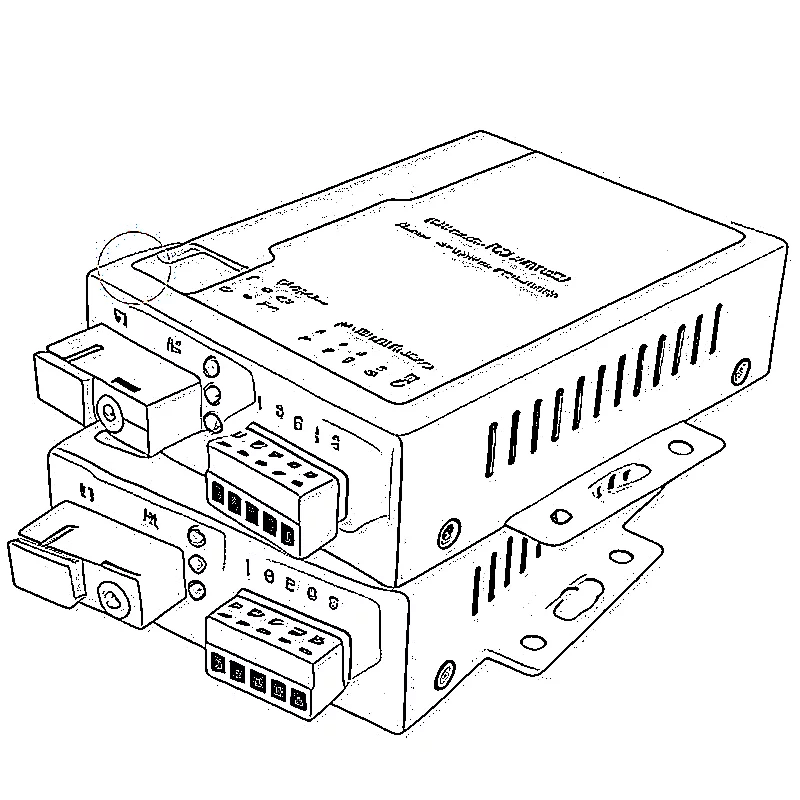
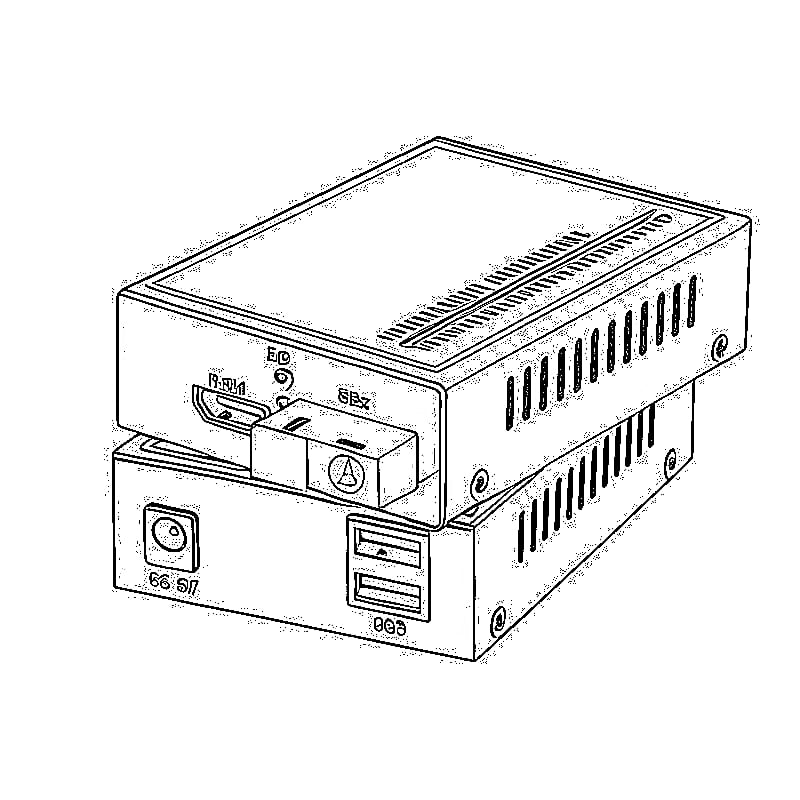
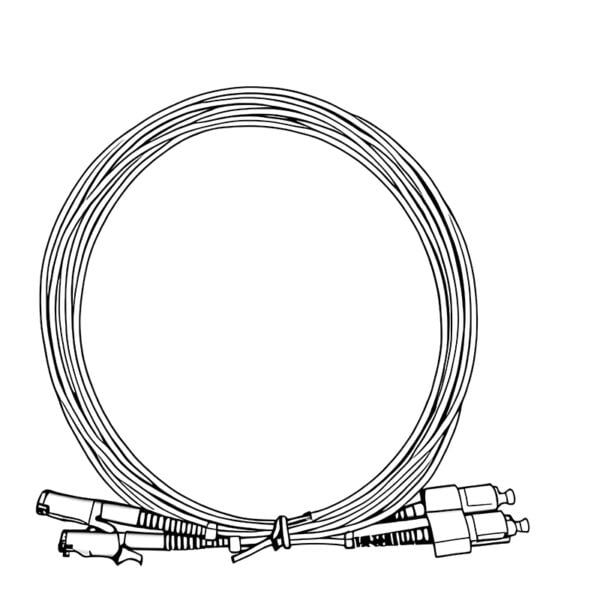
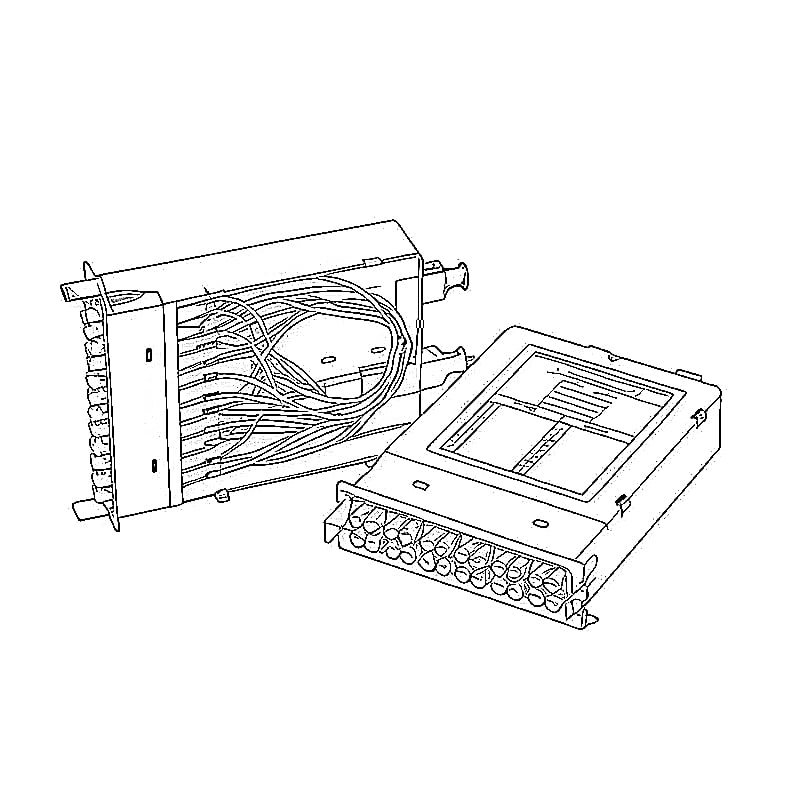
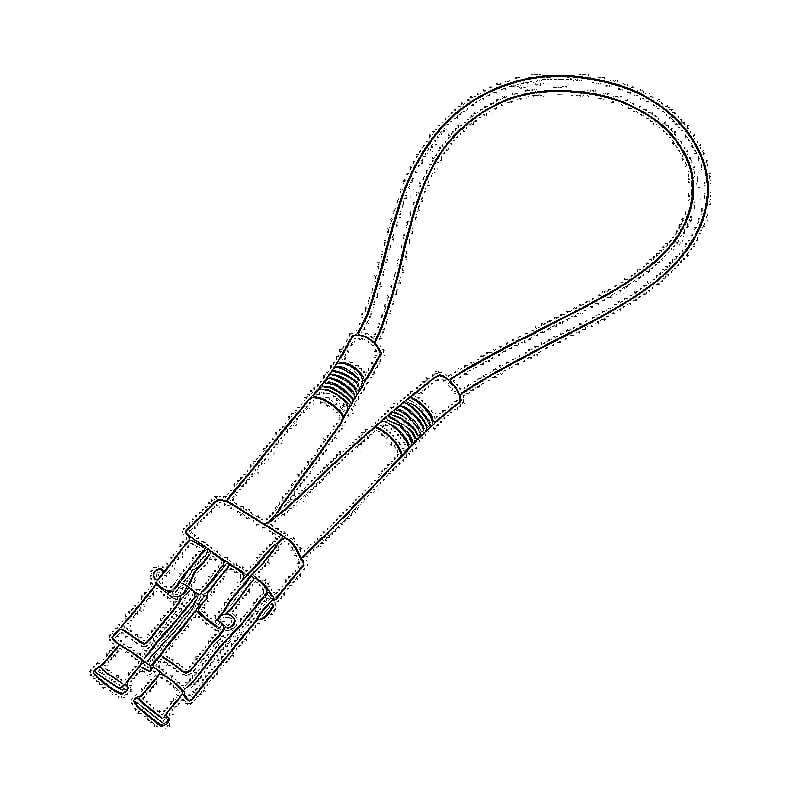
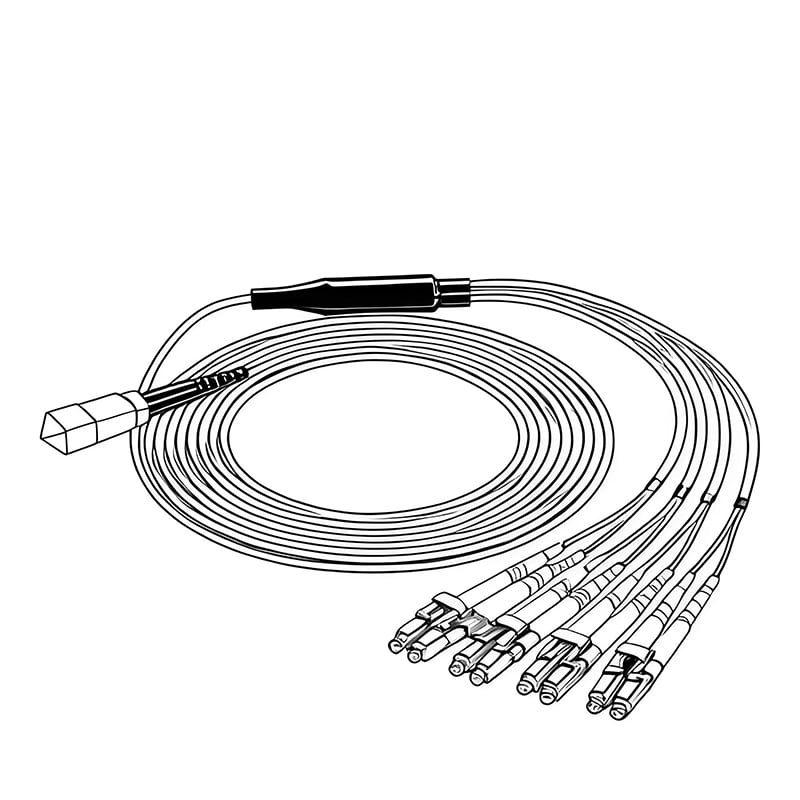
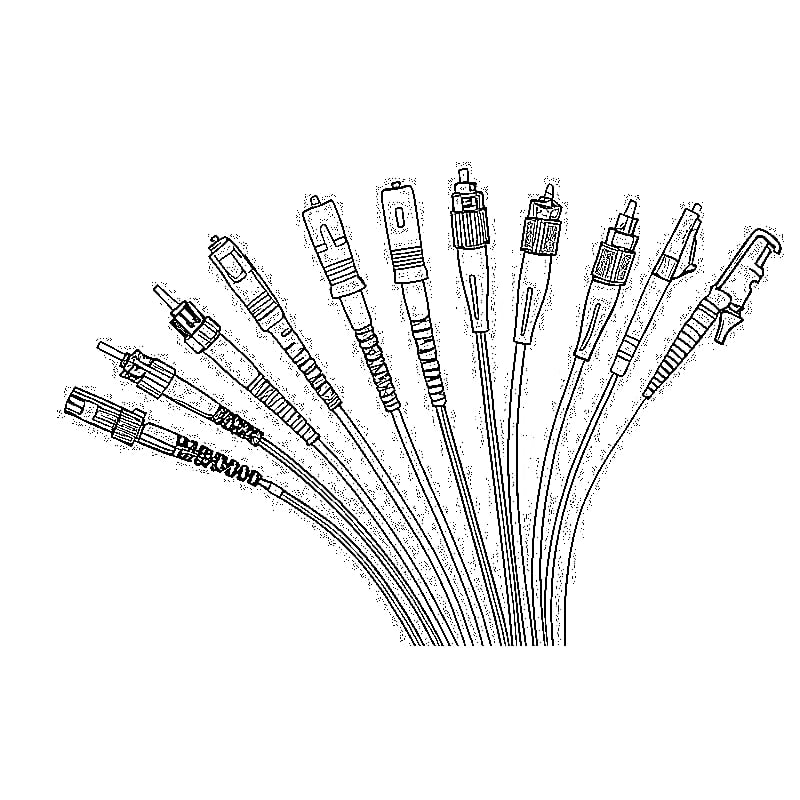
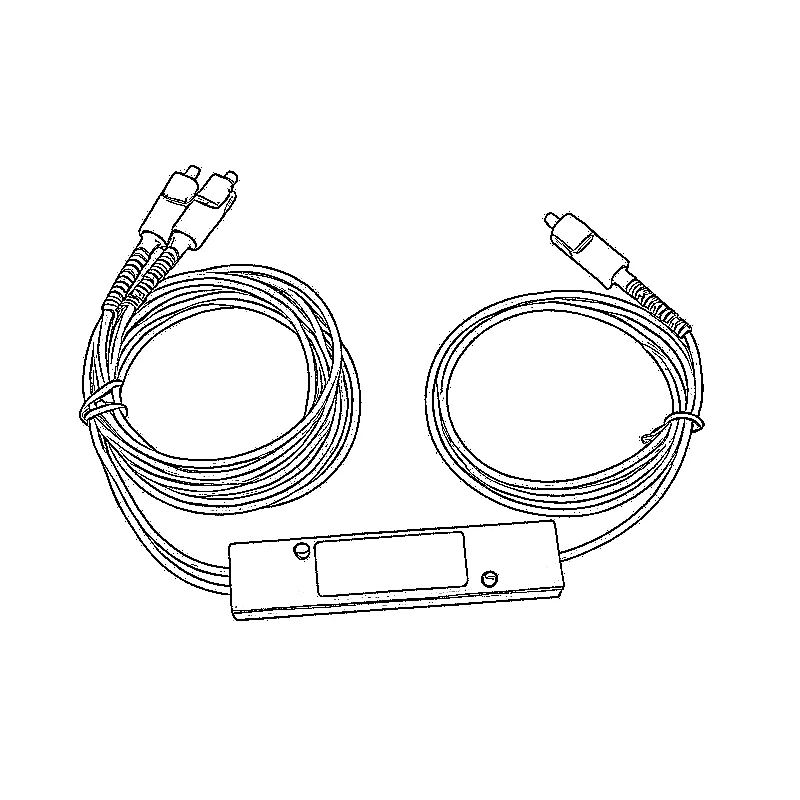
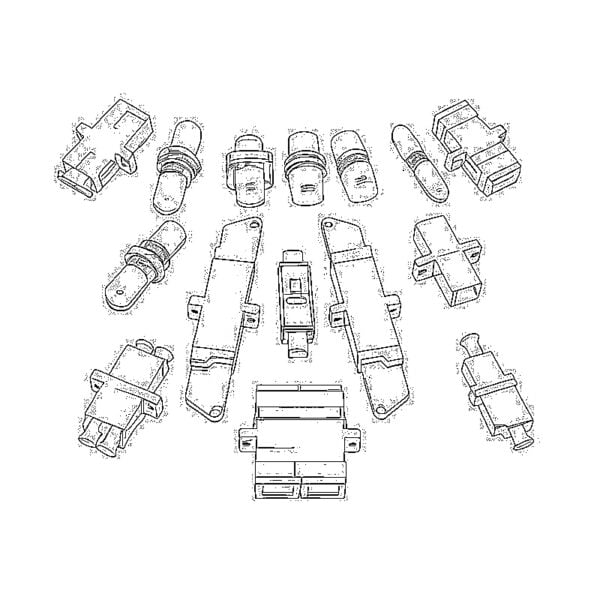
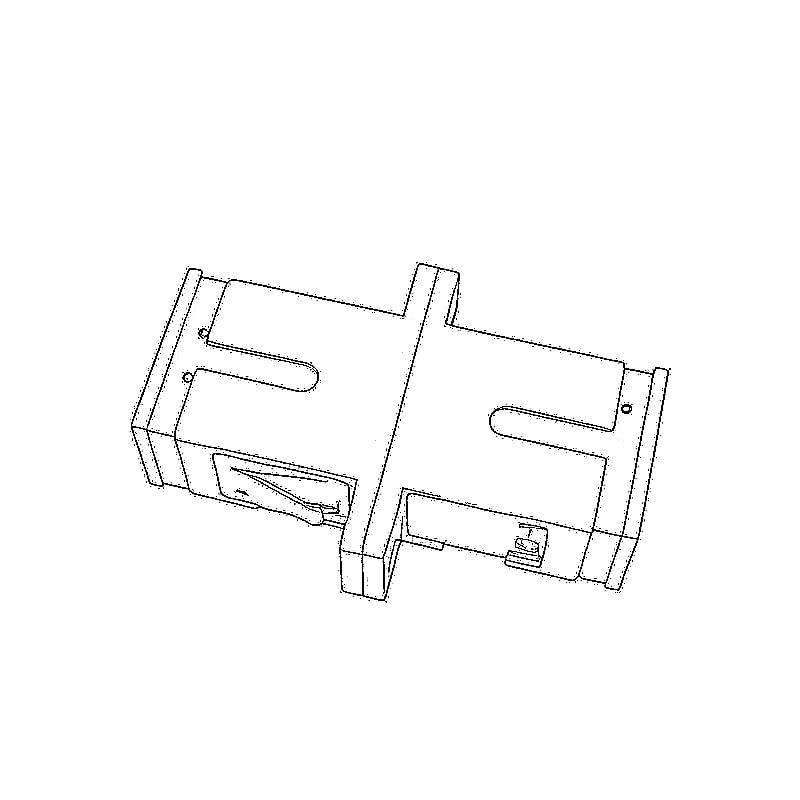
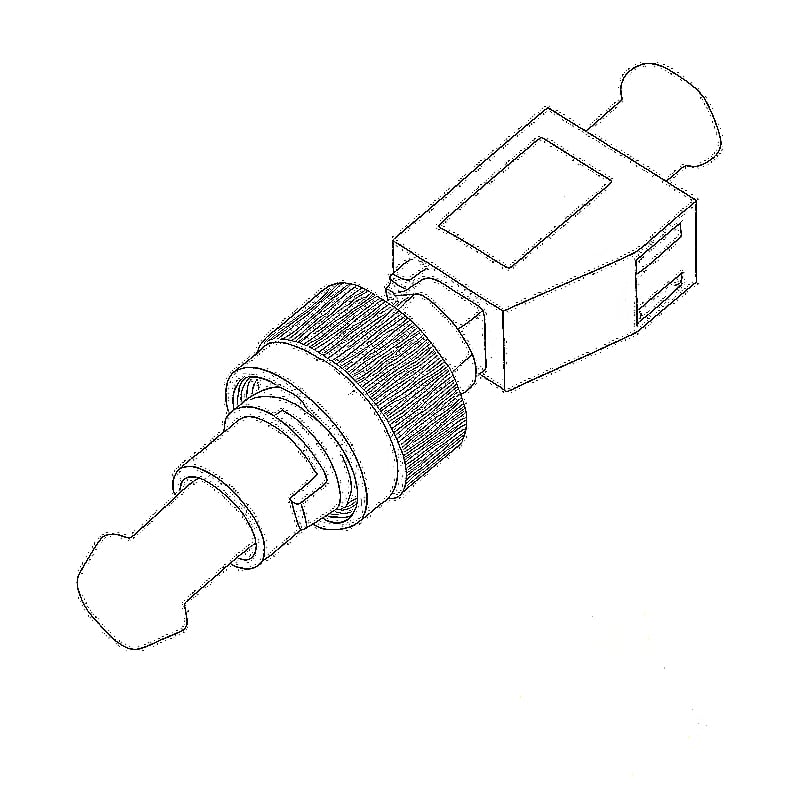
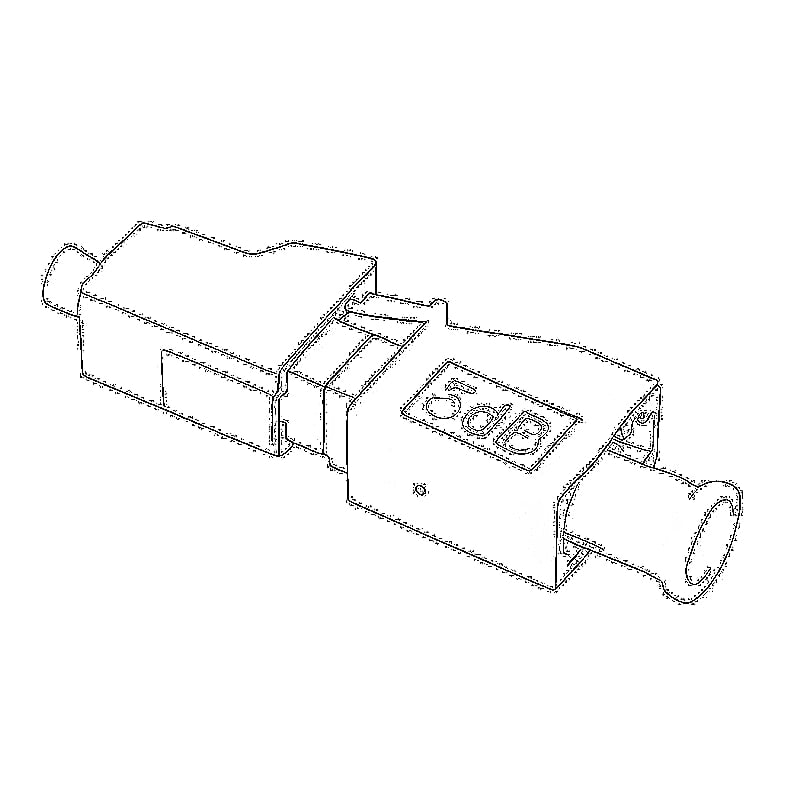
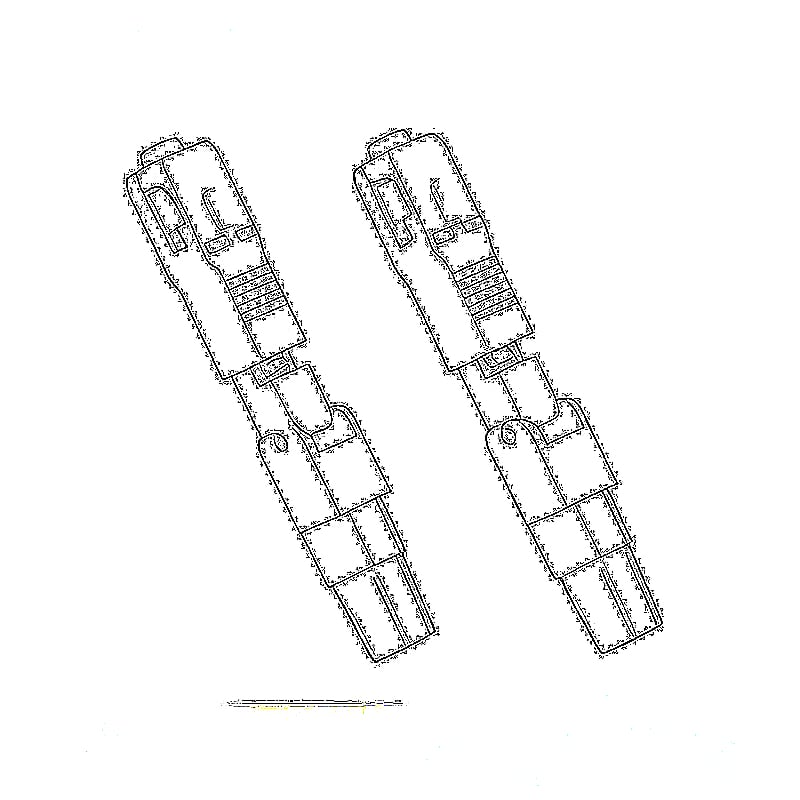
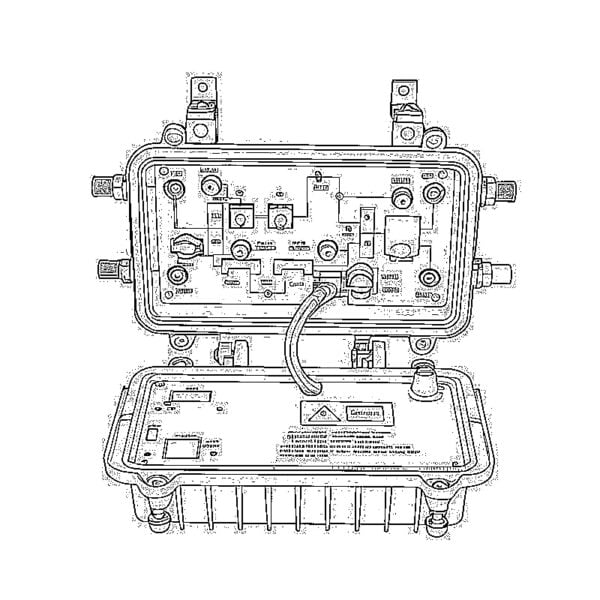
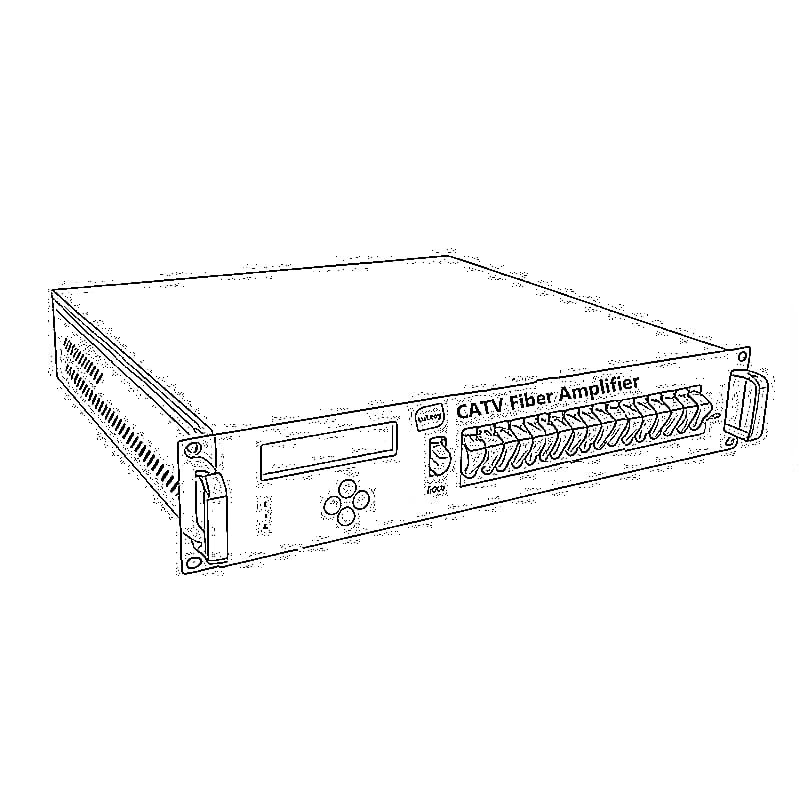
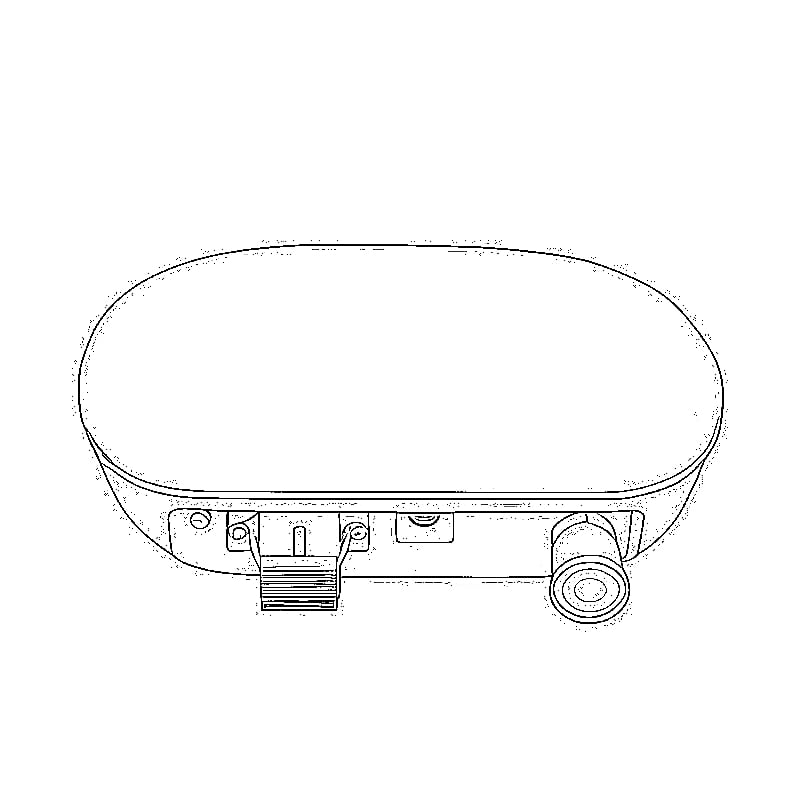
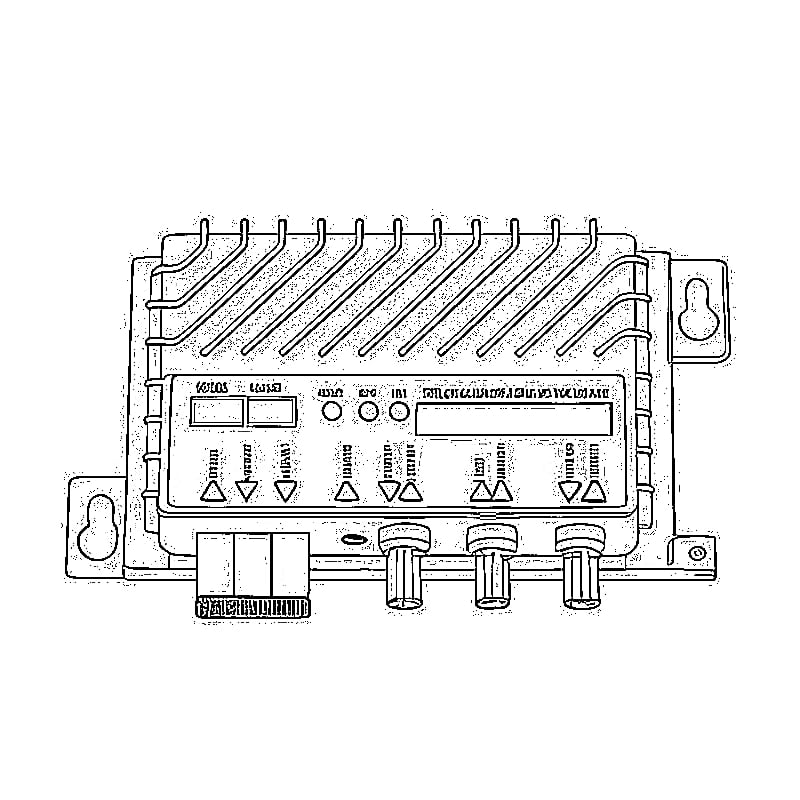

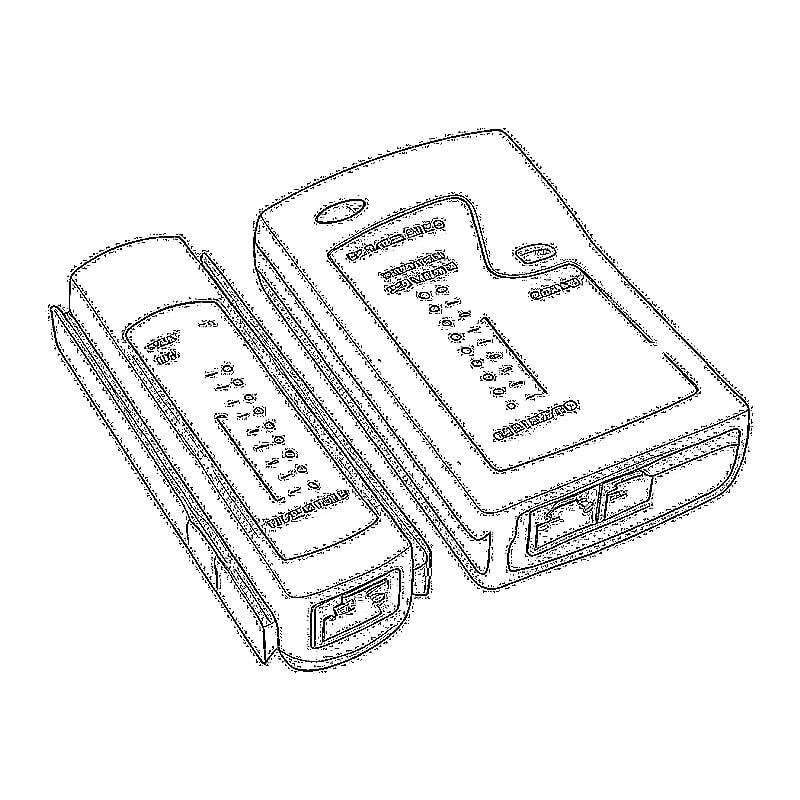
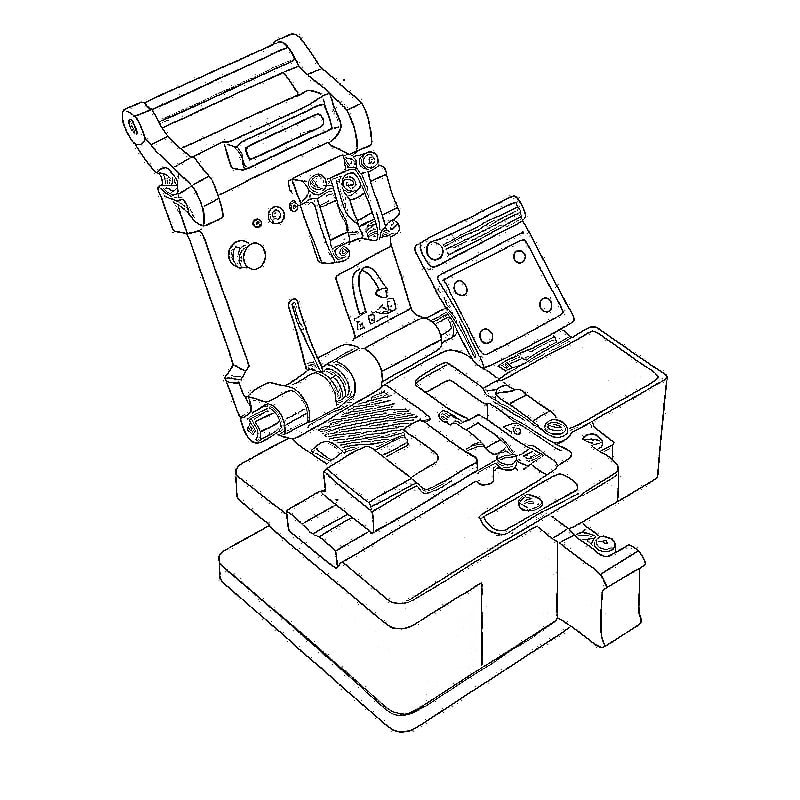
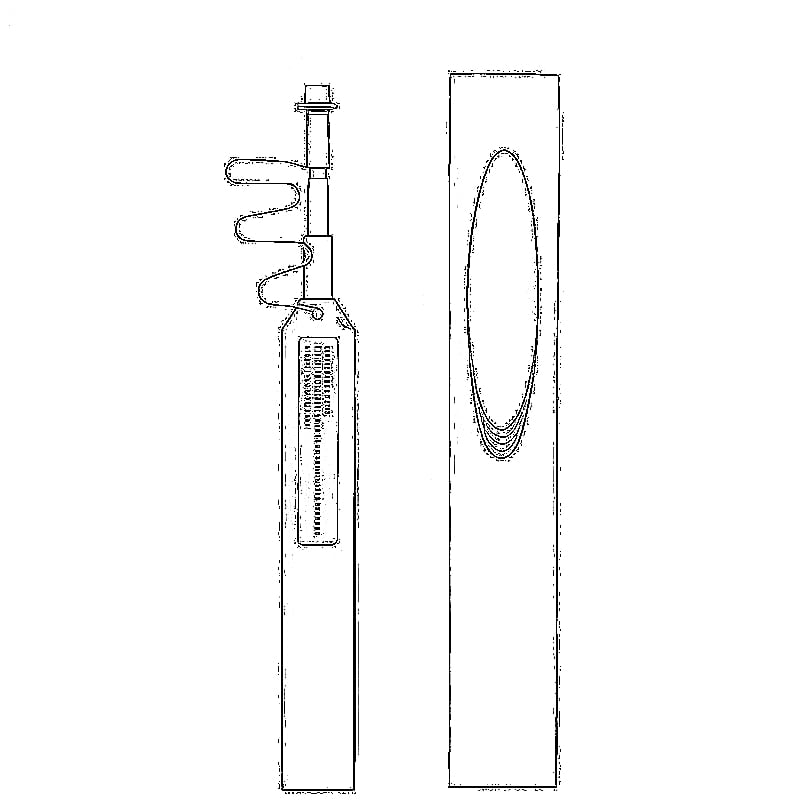
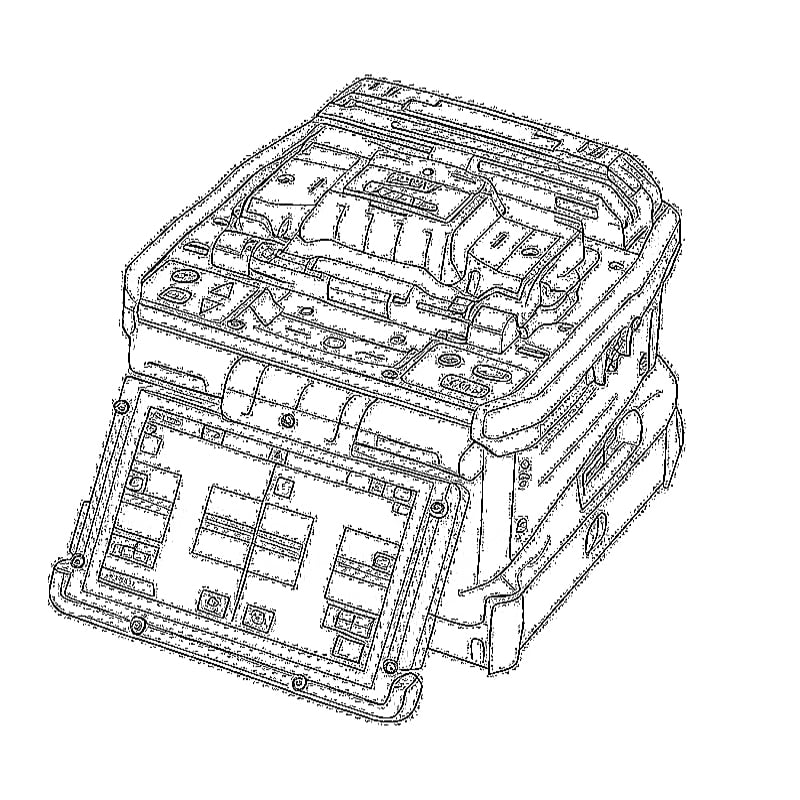
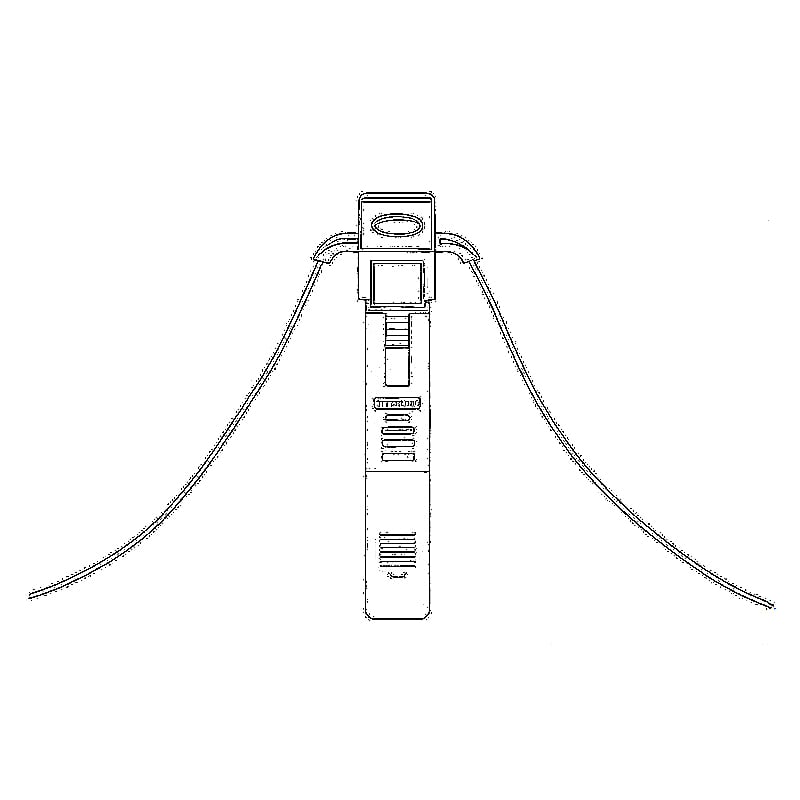

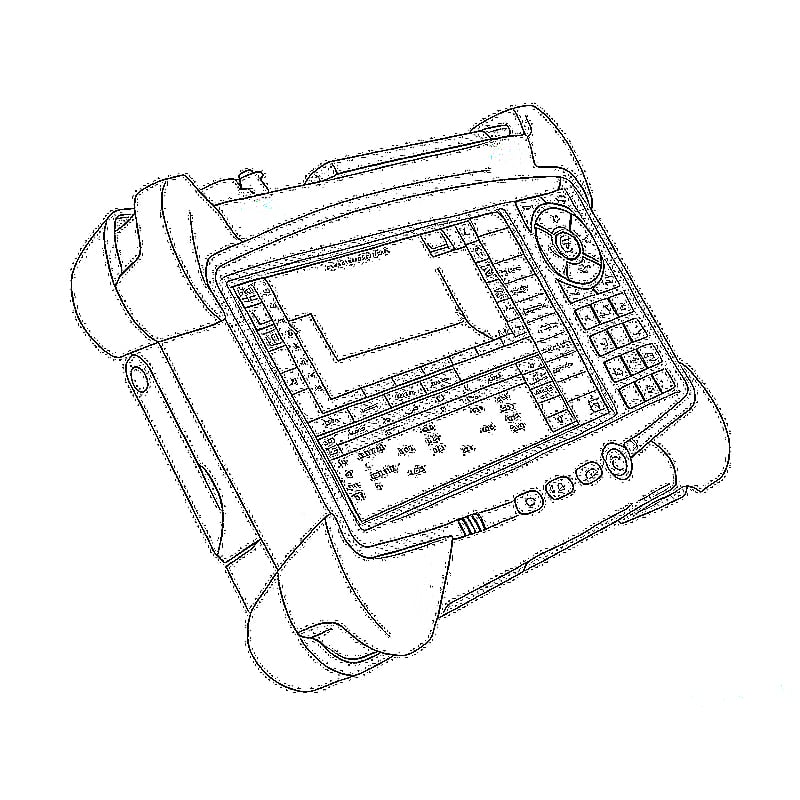
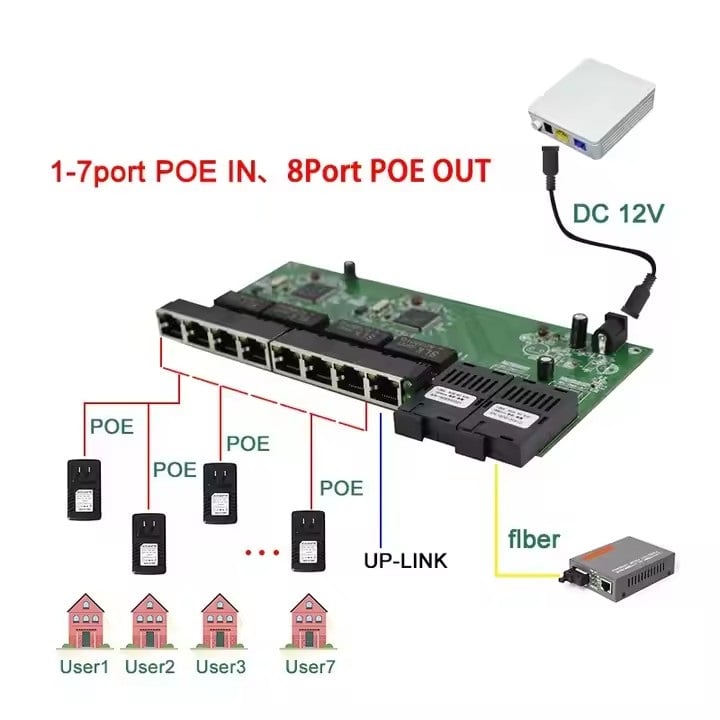
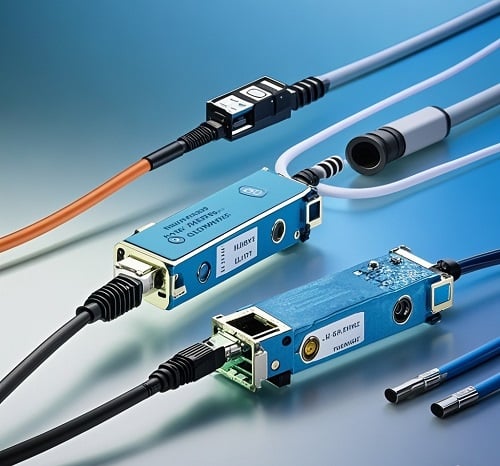

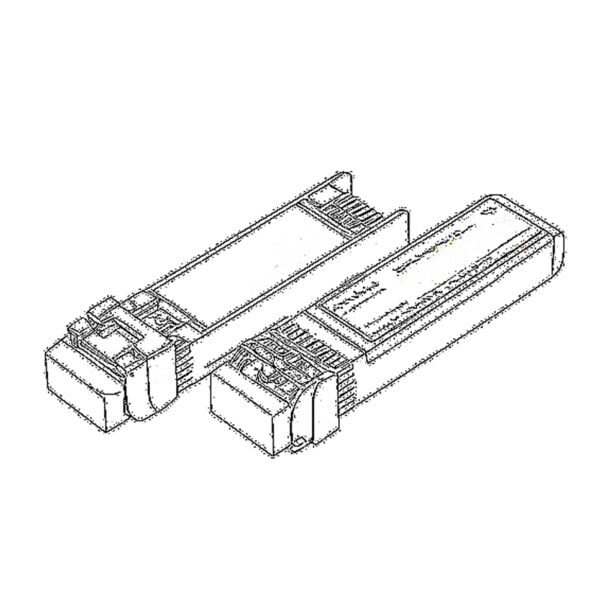 SFP/SFP+ (1G/2,5G/5G/10G)
SFP/SFP+ (1G/2,5G/5G/10G)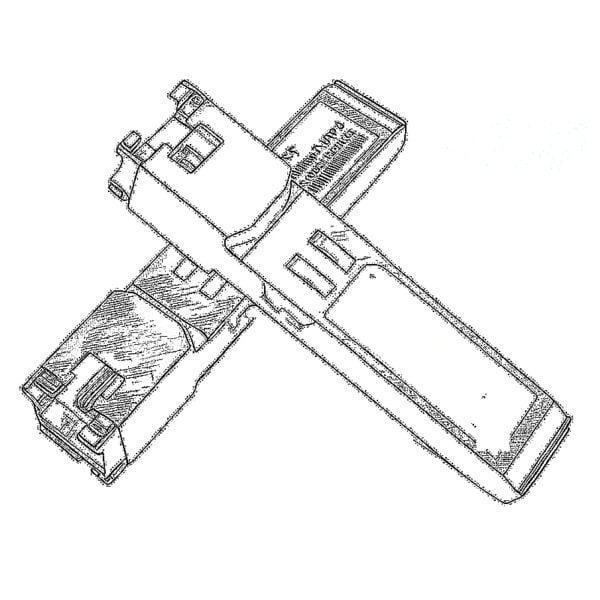 SFP-T (1G/2,5G/10G)
SFP-T (1G/2,5G/10G)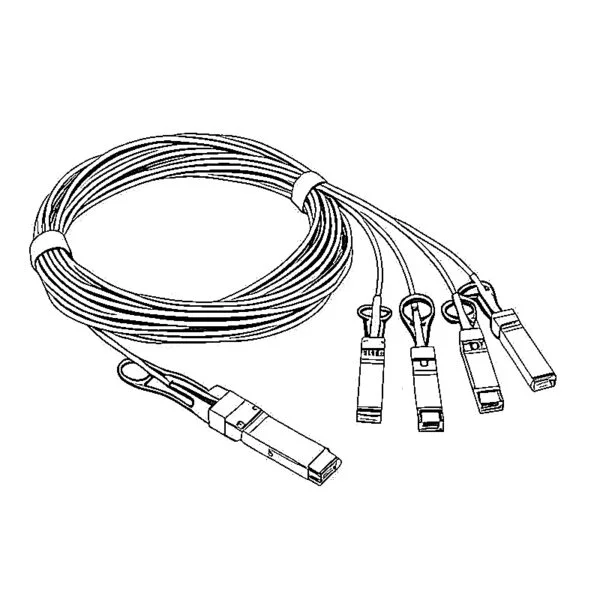 AOC-Kabel 10G/25G/40G/100G
AOC-Kabel 10G/25G/40G/100G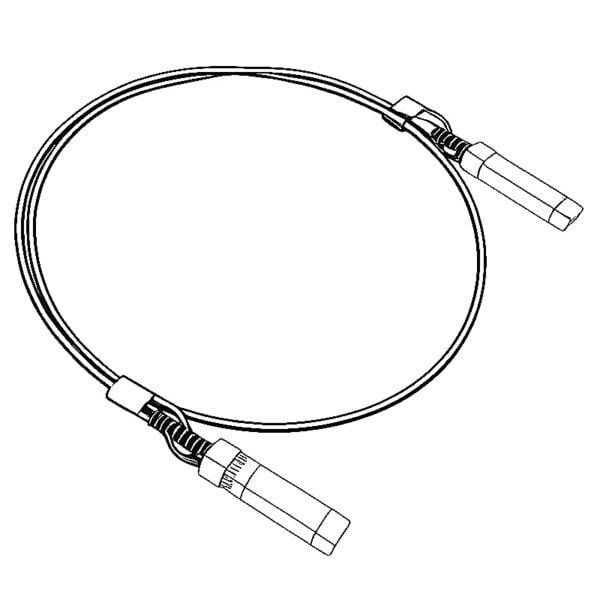 DAC-Kabel 10G/25G/40G/100G
DAC-Kabel 10G/25G/40G/100G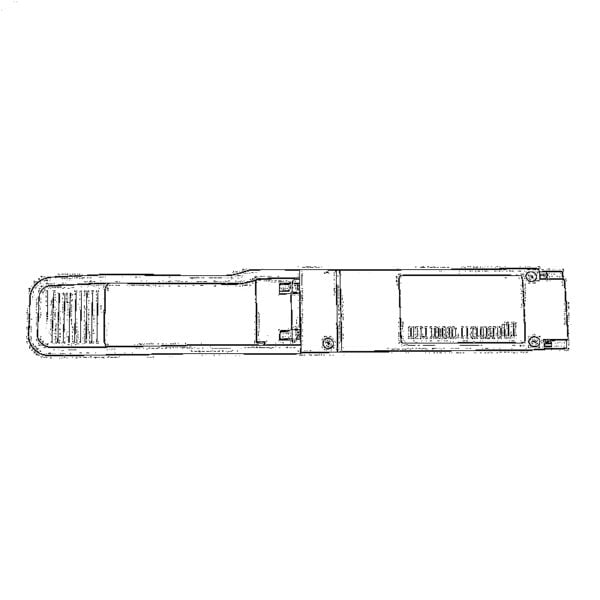 QSFP28 QSFP+ SFP28 100G/40G/25G
QSFP28 QSFP+ SFP28 100G/40G/25G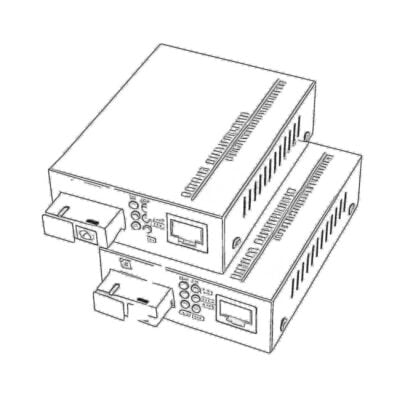 Kupfer-zu-Glasfaser-Medienkonverter
Kupfer-zu-Glasfaser-Medienkonverter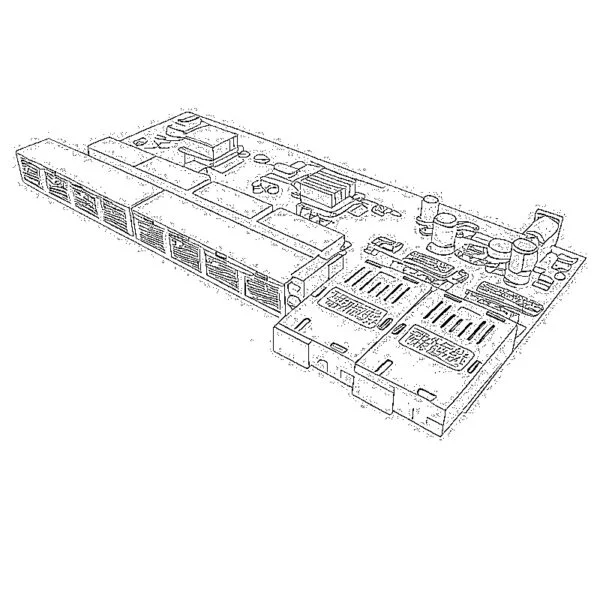 PCBA-Platine für Glasfaser-Medienkonverter
PCBA-Platine für Glasfaser-Medienkonverter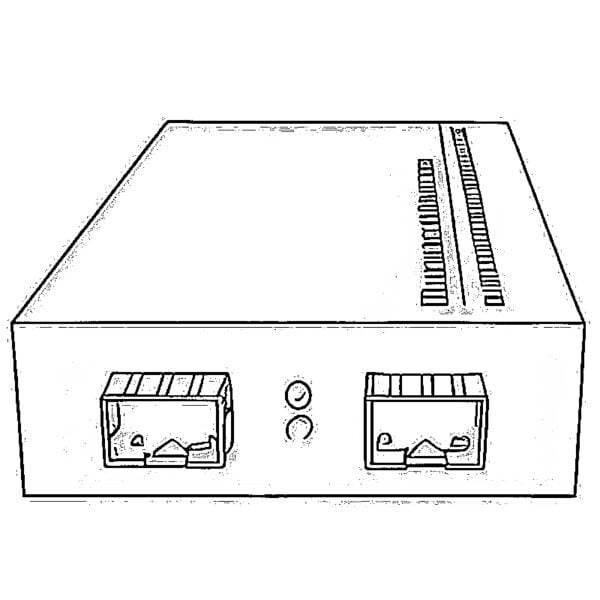 OEO Glasfaser-Medienkonverter
OEO Glasfaser-Medienkonverter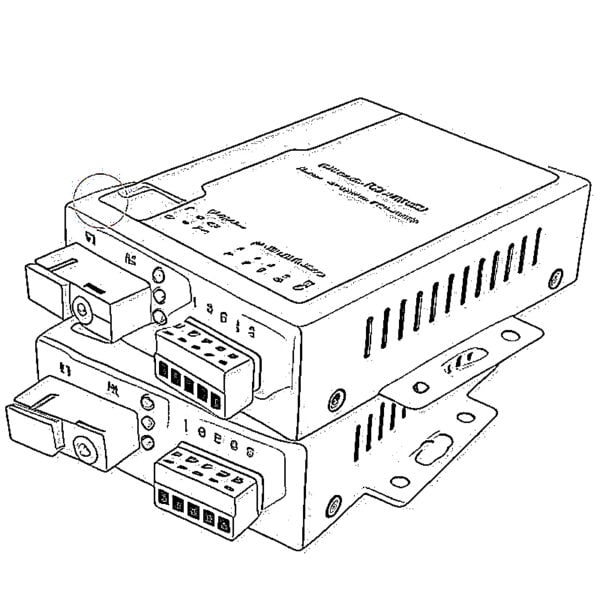 Seriell zu Glasfaser-Medienkonverter
Seriell zu Glasfaser-Medienkonverter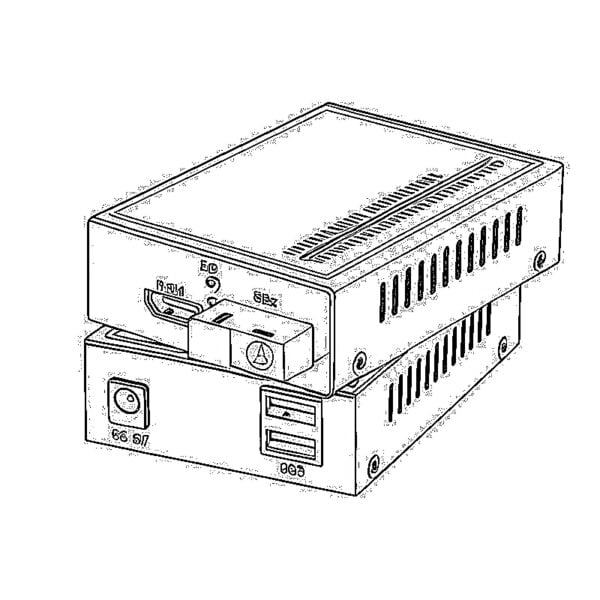 Video-zu-Glasfaser-Medienkonverter
Video-zu-Glasfaser-Medienkonverter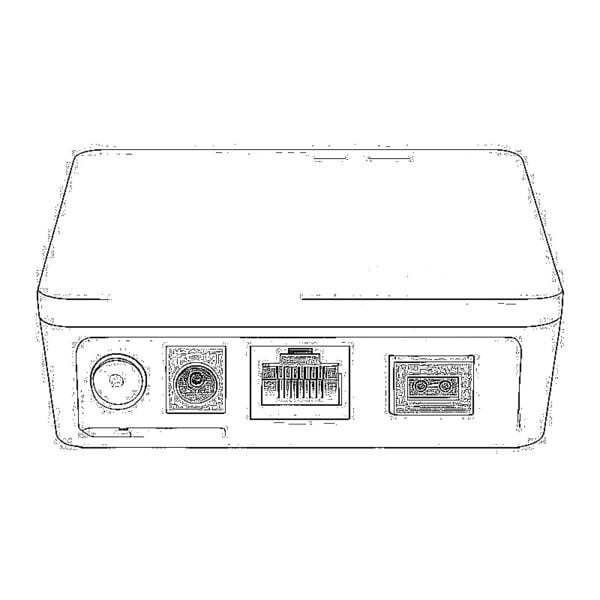 1000M GPON/EPON ONU
1000M GPON/EPON ONU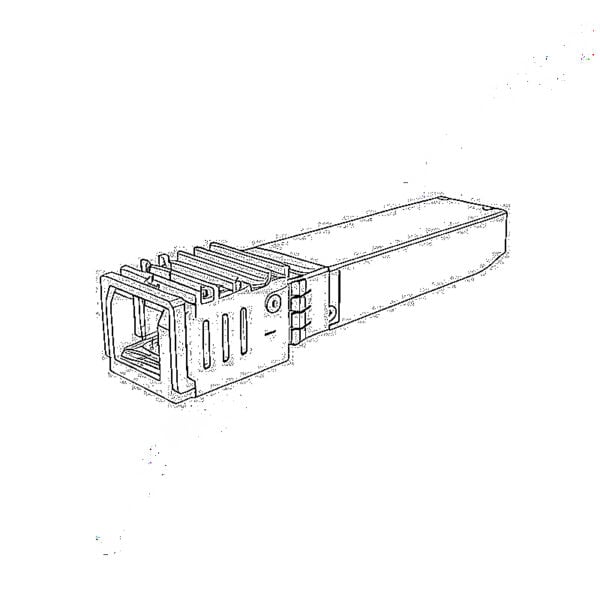 10G EPON ONU/XG-PON/XGS-PON
10G EPON ONU/XG-PON/XGS-PON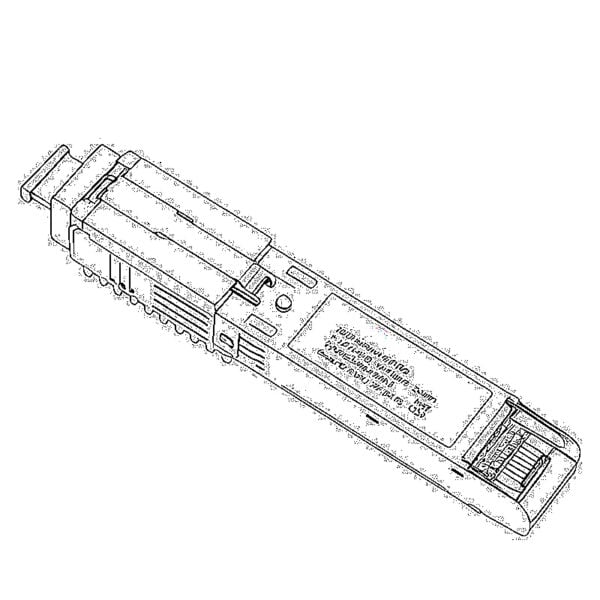 2.5G GPON/XPON STICK SFP ONU
2.5G GPON/XPON STICK SFP ONU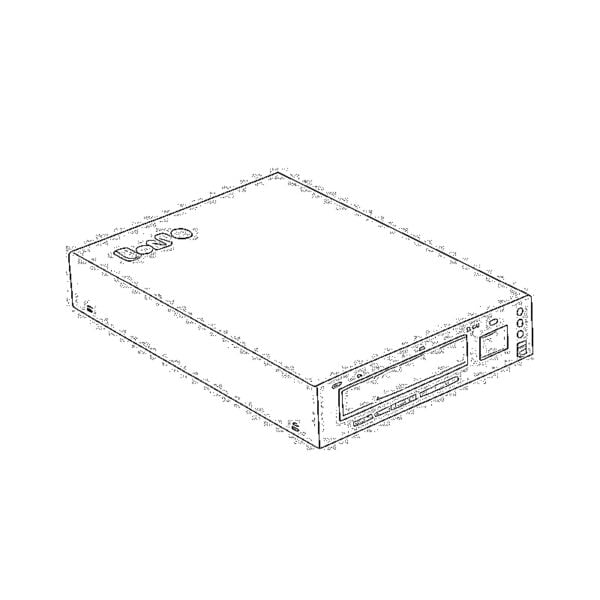 POE GPON/EPON ONU
POE GPON/EPON ONU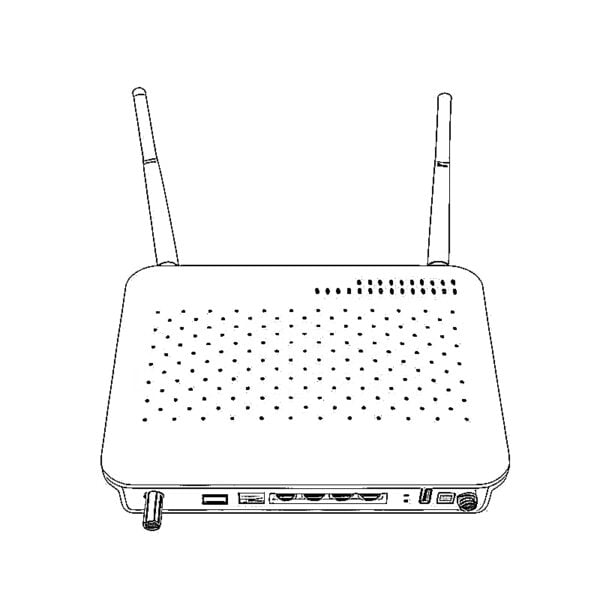 Drahtloses GPON/EPON ONT
Drahtloses GPON/EPON ONT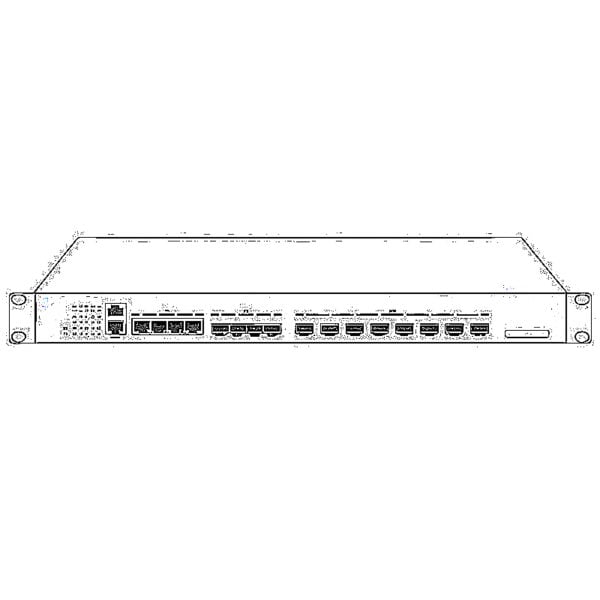 EPON OLT
EPON OLT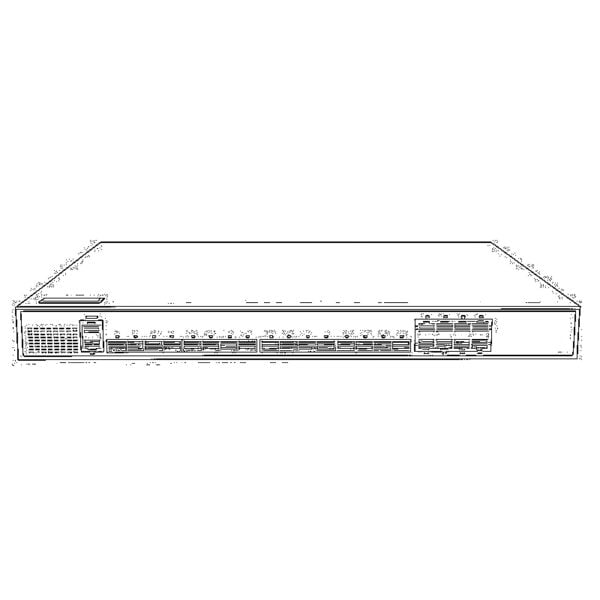 GPON OLT
GPON OLT SFP PON Modul
SFP PON Modul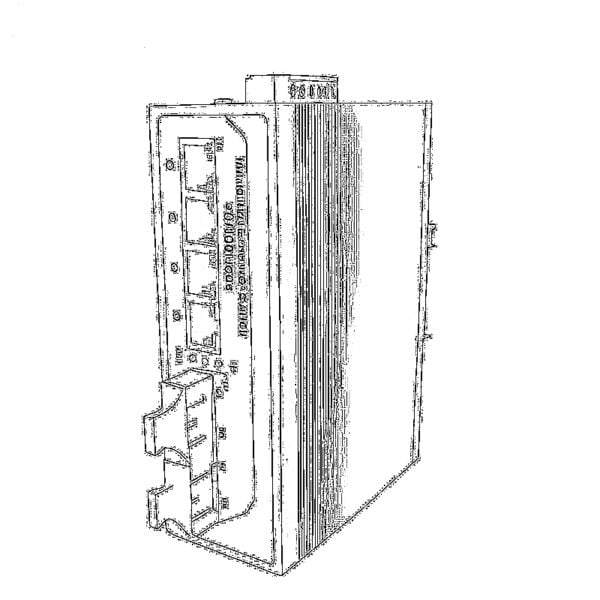 Industrielle Switches
Industrielle Switches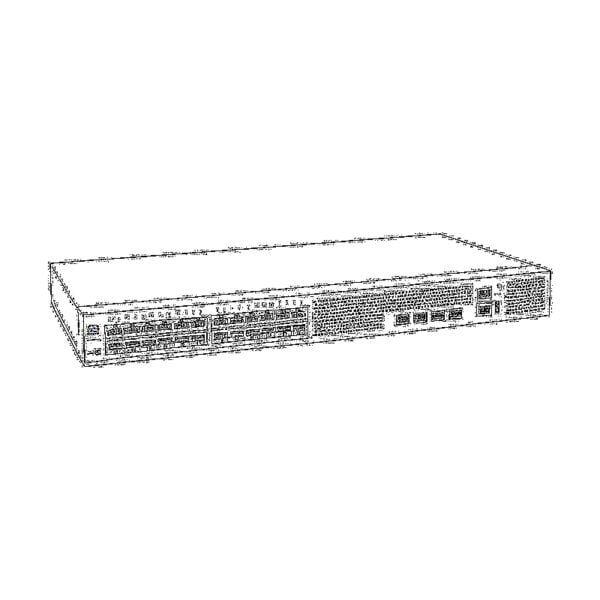 Verwaltete Switches
Verwaltete Switches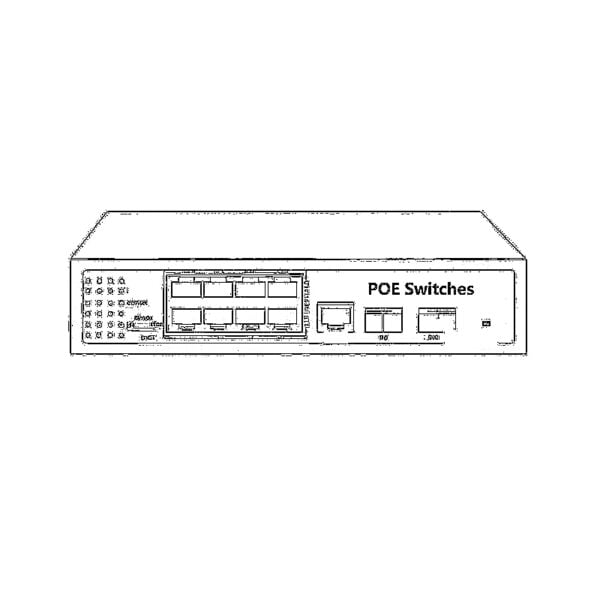 POE-Schalter
POE-Schalter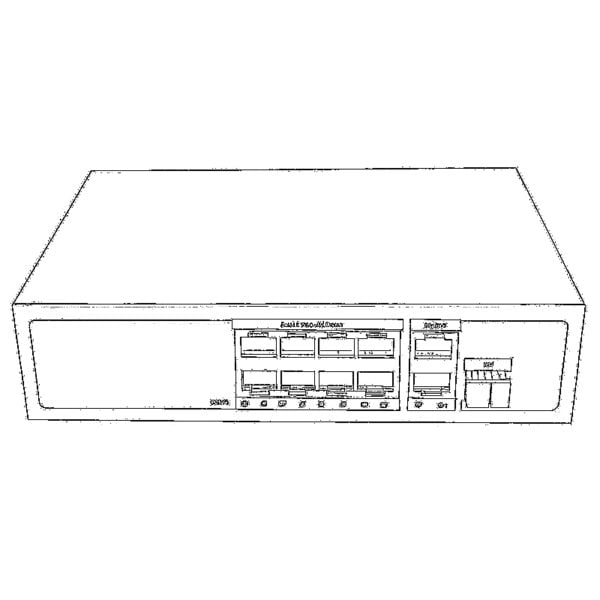 Nicht verwaltete Switches
Nicht verwaltete Switches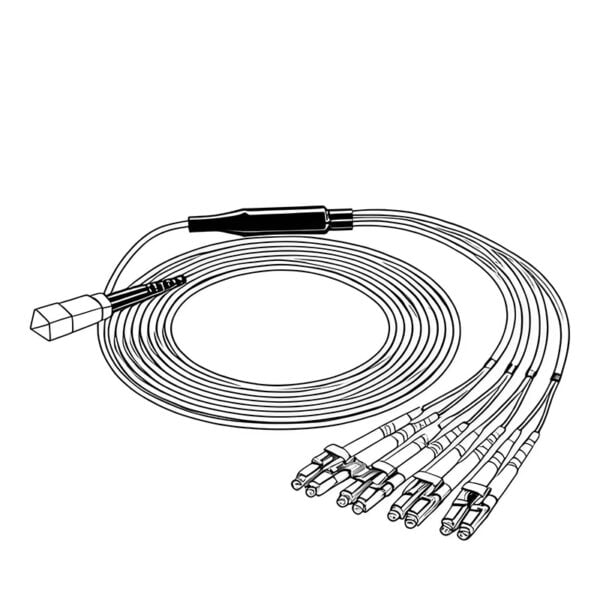 MTP/MPO-Glasfaserkabel
MTP/MPO-Glasfaserkabel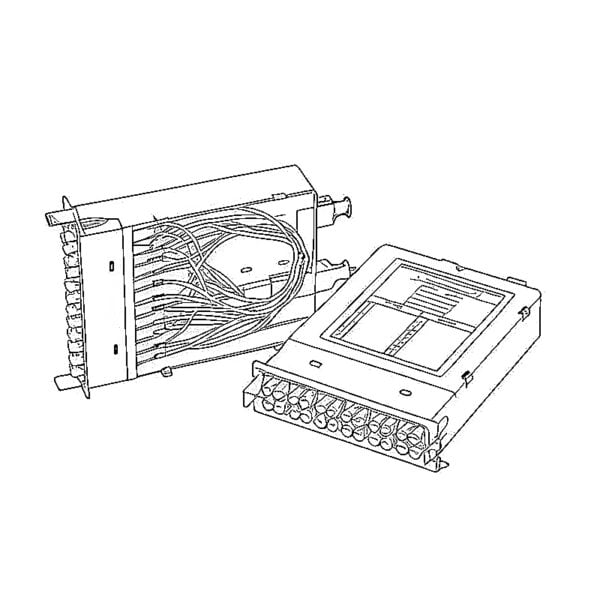 Glasfaserkassetten
Glasfaserkassetten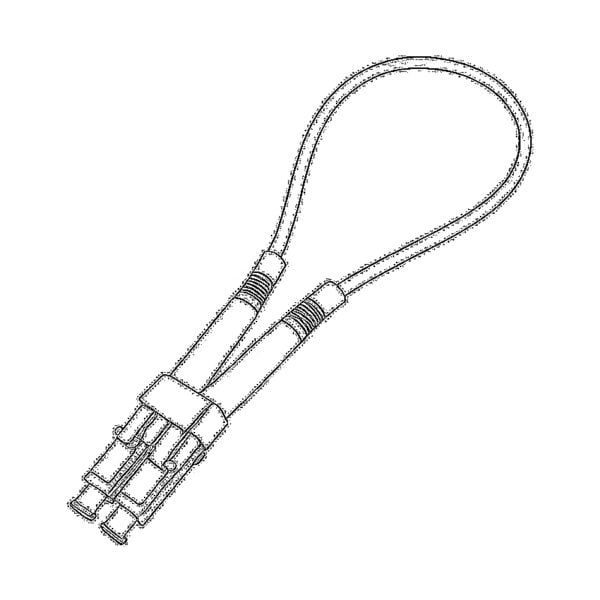 Glasfaser-Loopback
Glasfaser-Loopback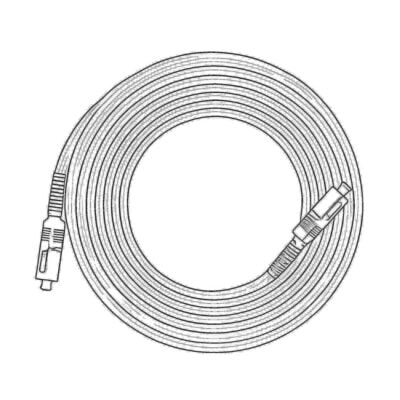 Optische Kabel und Glasfaser-Pigtails
Optische Kabel und Glasfaser-Pigtails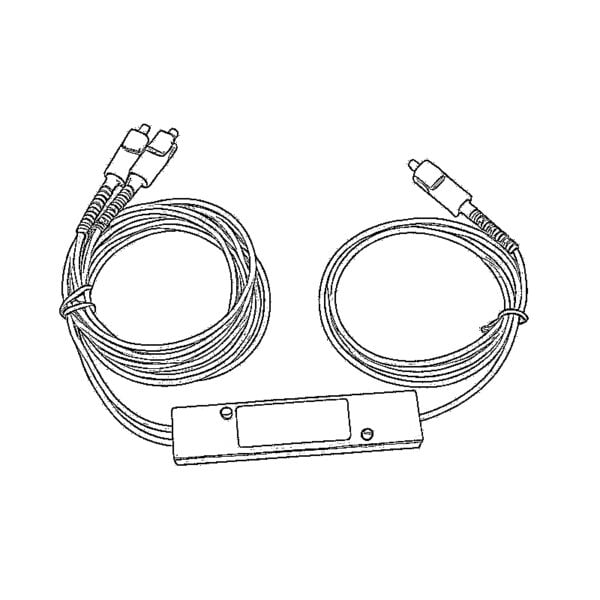 Optische Splitter und Splitterbox
Optische Splitter und Splitterbox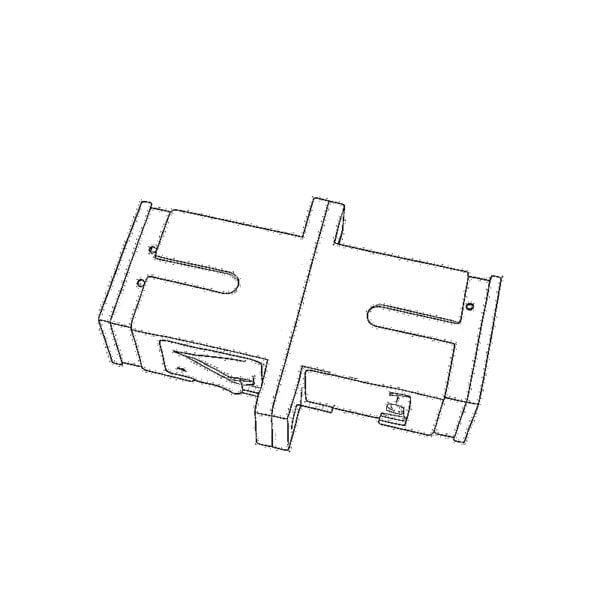 Glasfaser-Flanschverbinder
Glasfaser-Flanschverbinder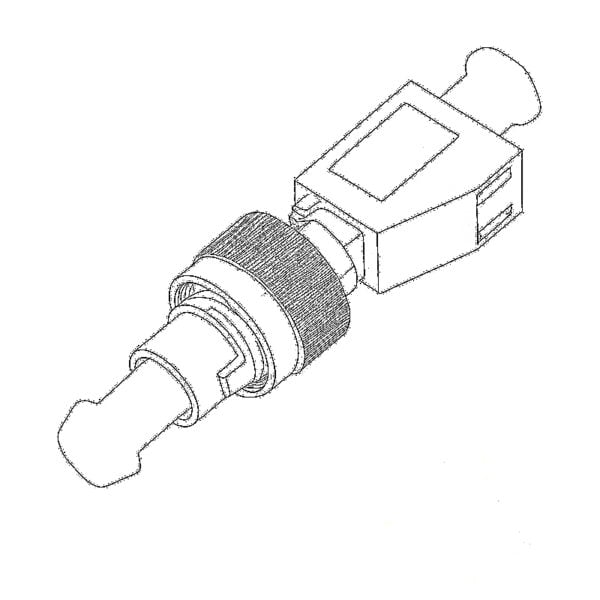 Optische Adapter
Optische Adapter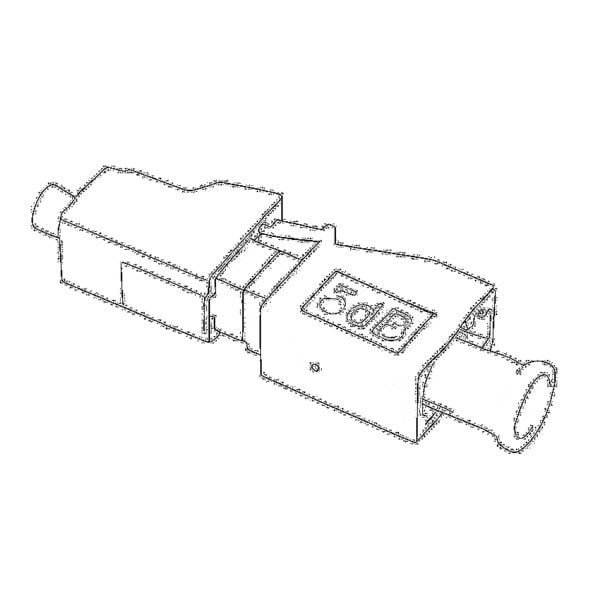 Optischer Dämpfer
Optischer Dämpfer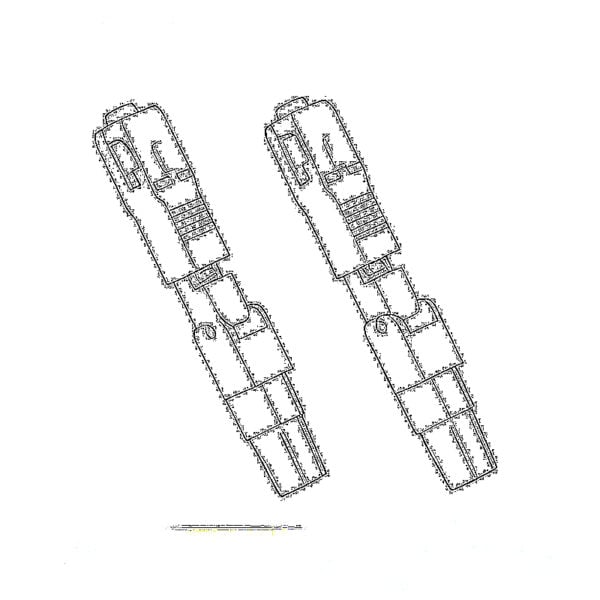 Schnellverbinder und Anschlussfeld
Schnellverbinder und Anschlussfeld CATV-Verstärker
CATV-Verstärker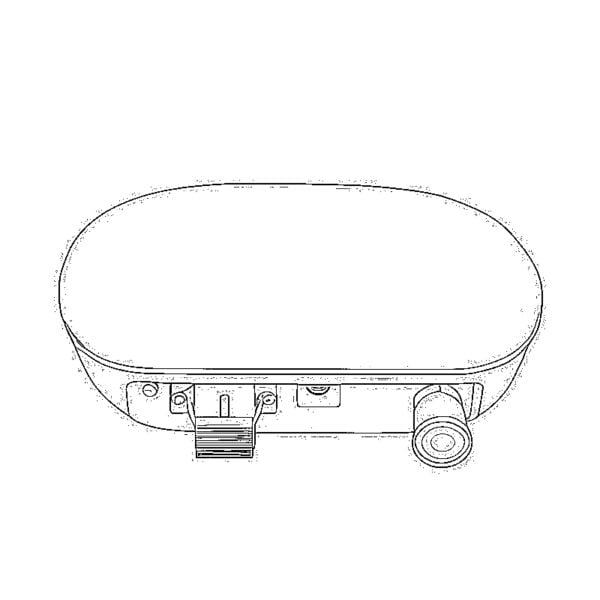 Optischer CATV-Empfänger
Optischer CATV-Empfänger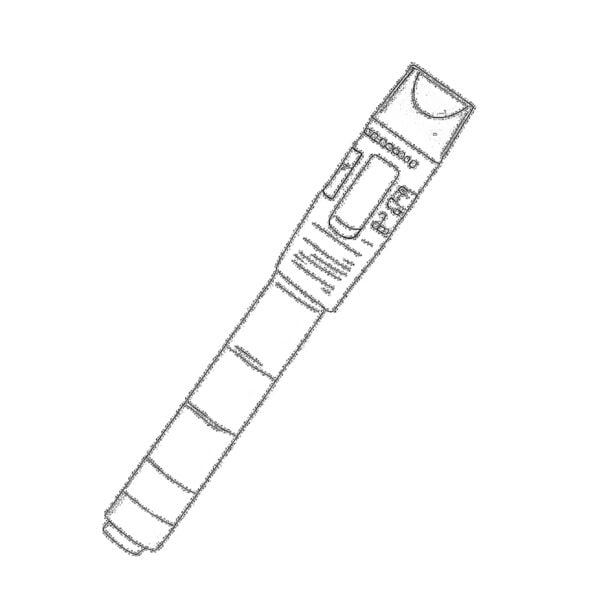 Visuelle Fehlersuche
Visuelle Fehlersuche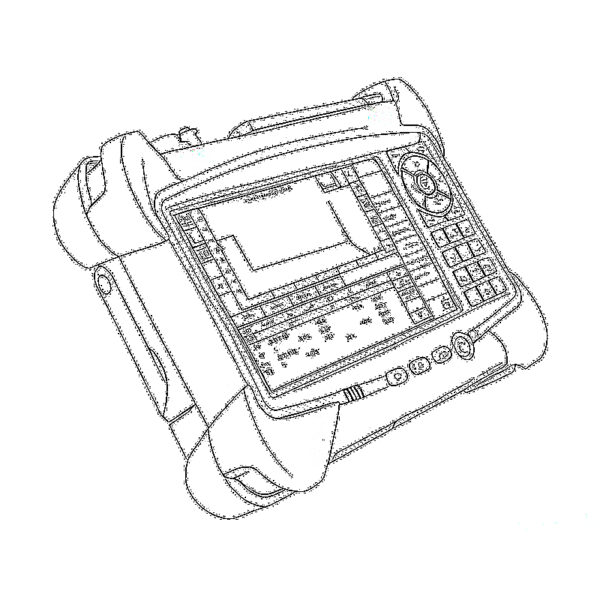 OTDR
OTDR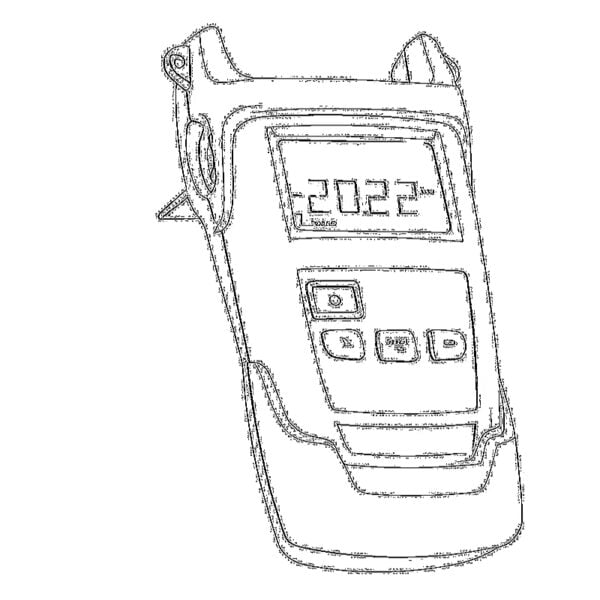 Optischer Leistungsmesser
Optischer Leistungsmesser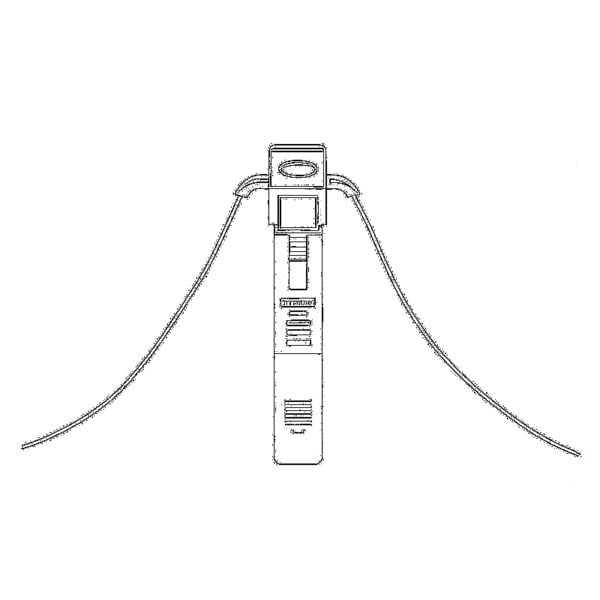 Glasfaser-Kennung
Glasfaser-Kennung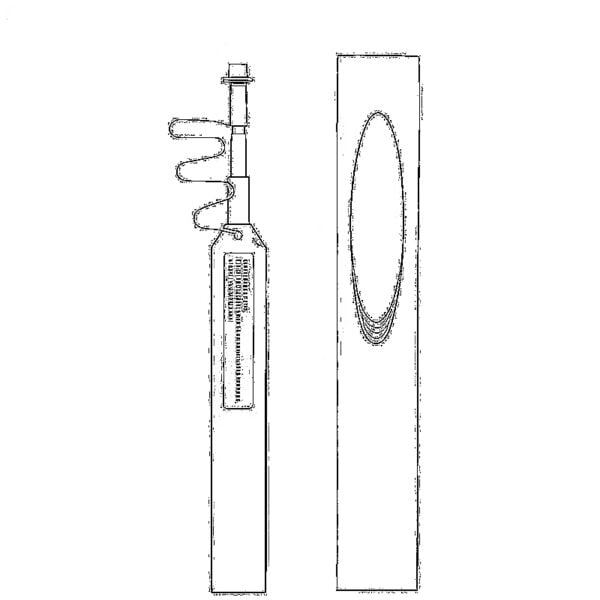 Glasfaserreiniger
Glasfaserreiniger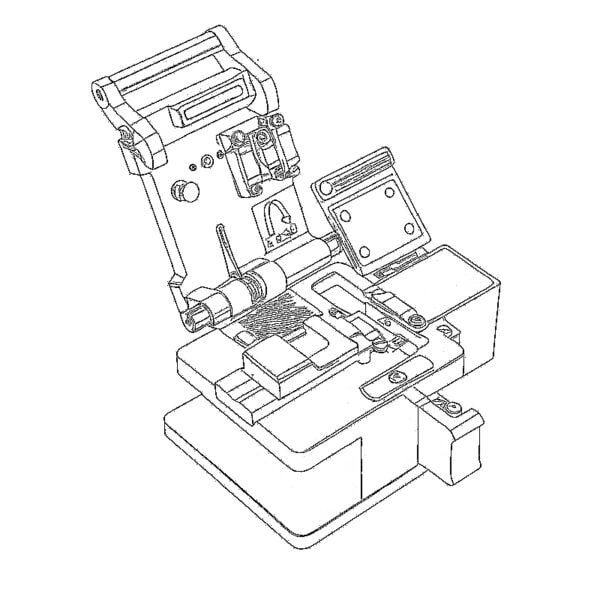 Faser-Trenn- und Faser-Stripper
Faser-Trenn- und Faser-Stripper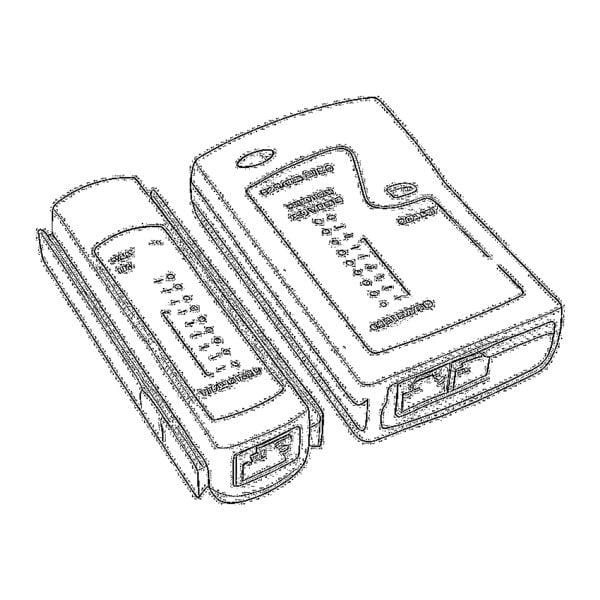 Kupferwerkzeuge
Kupferwerkzeuge